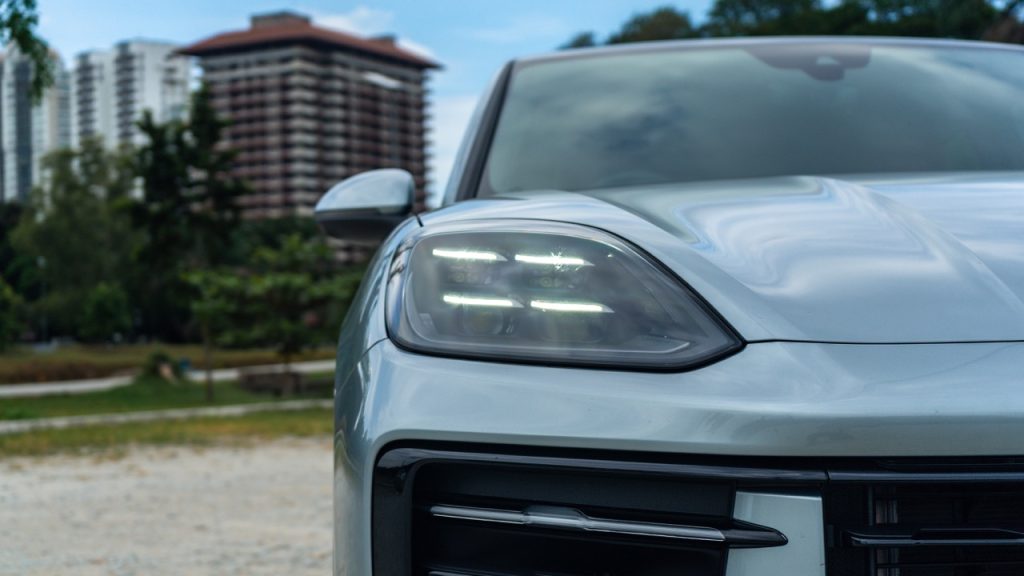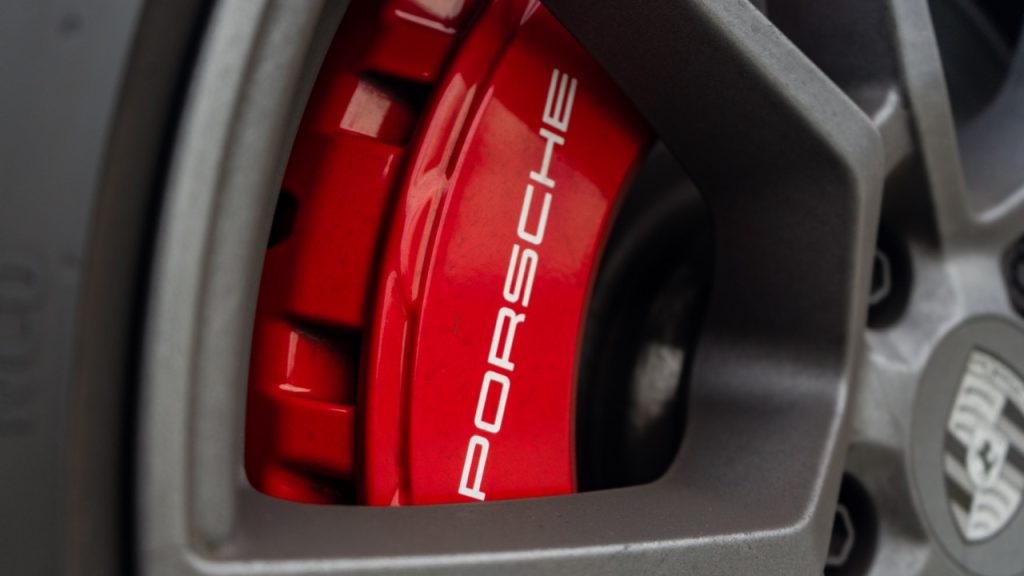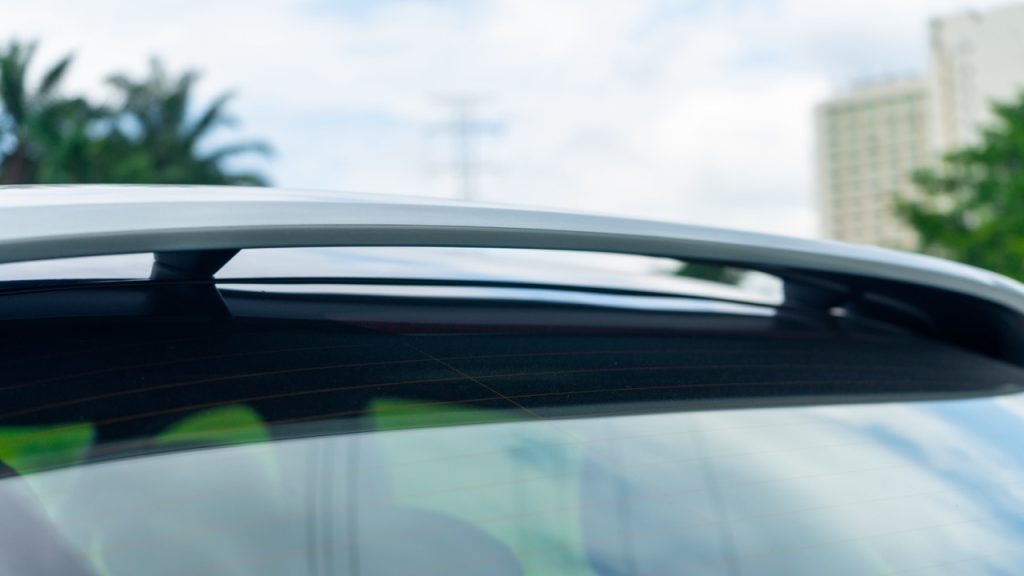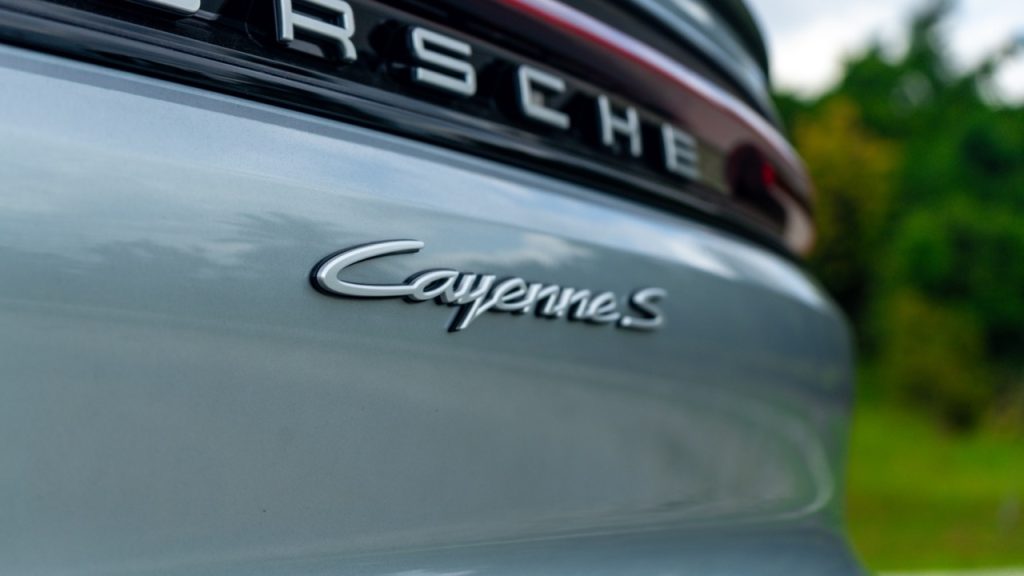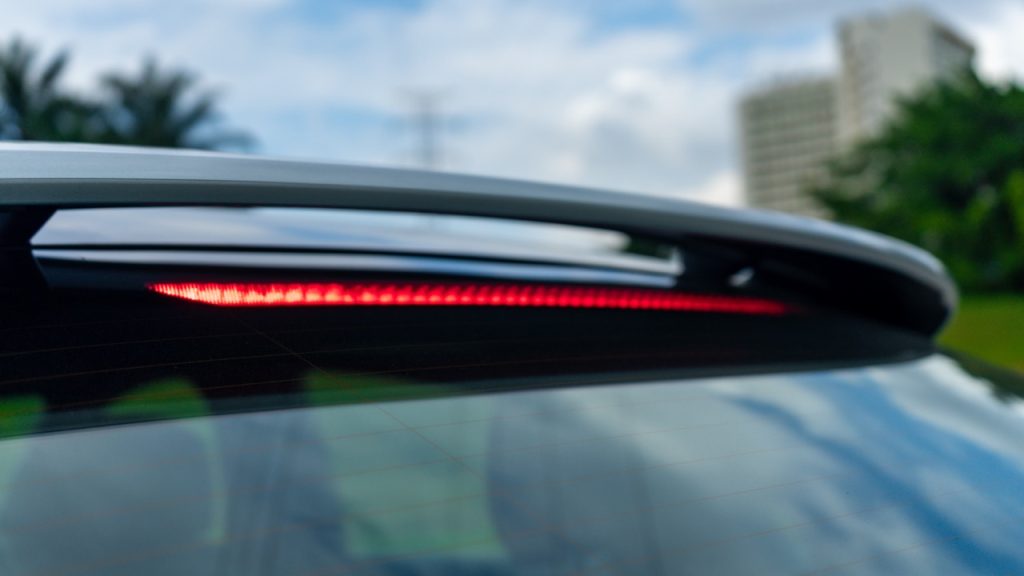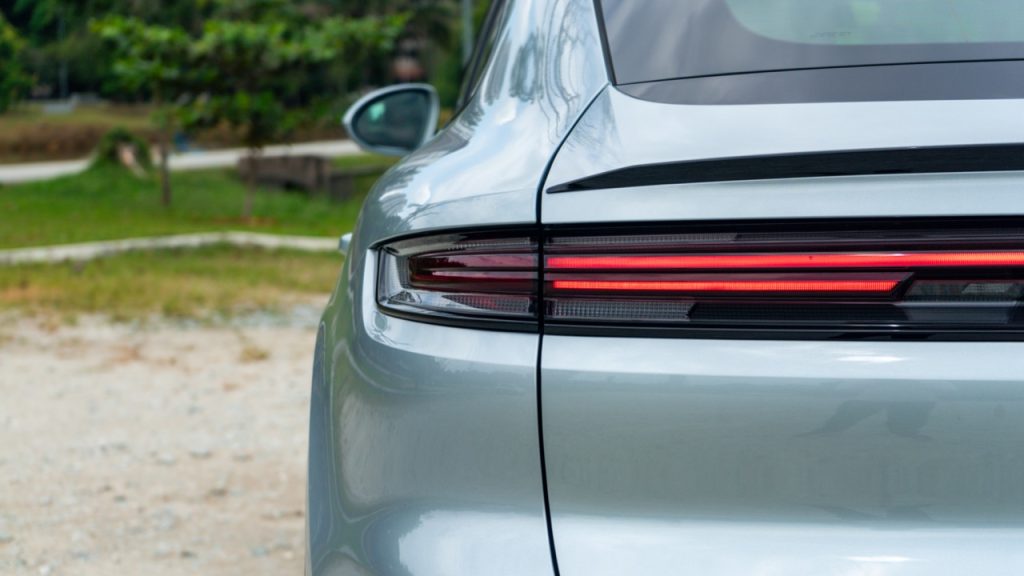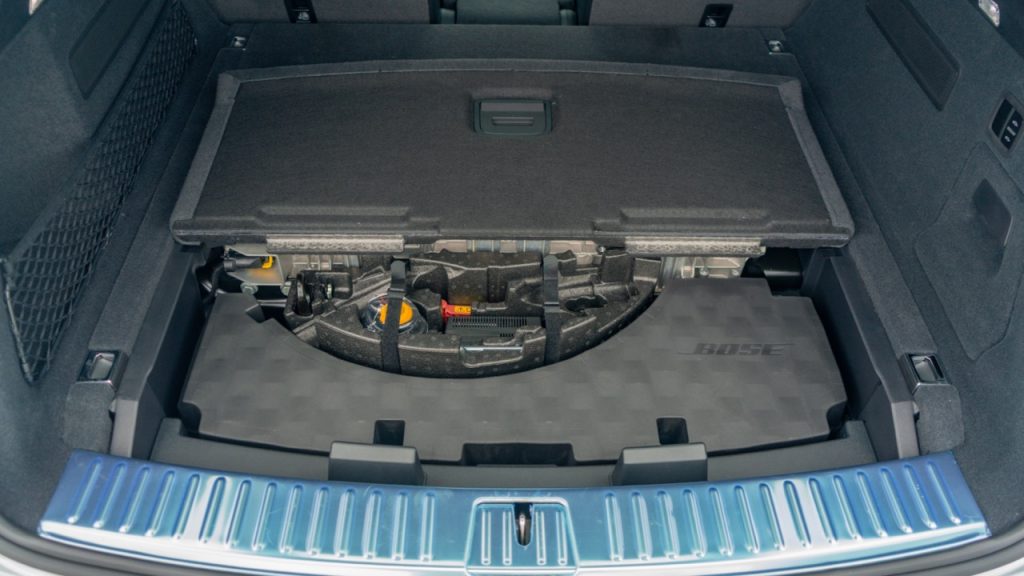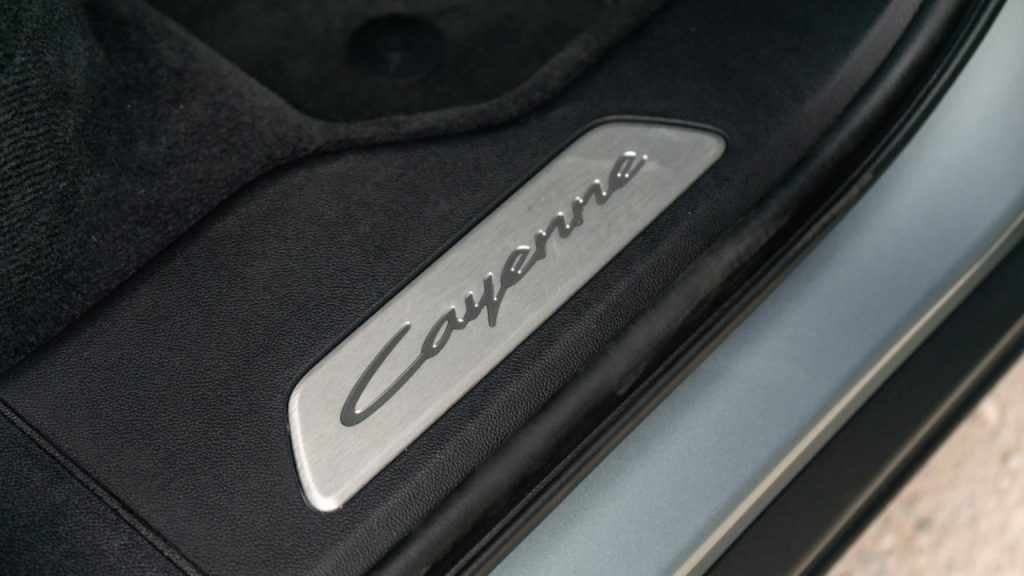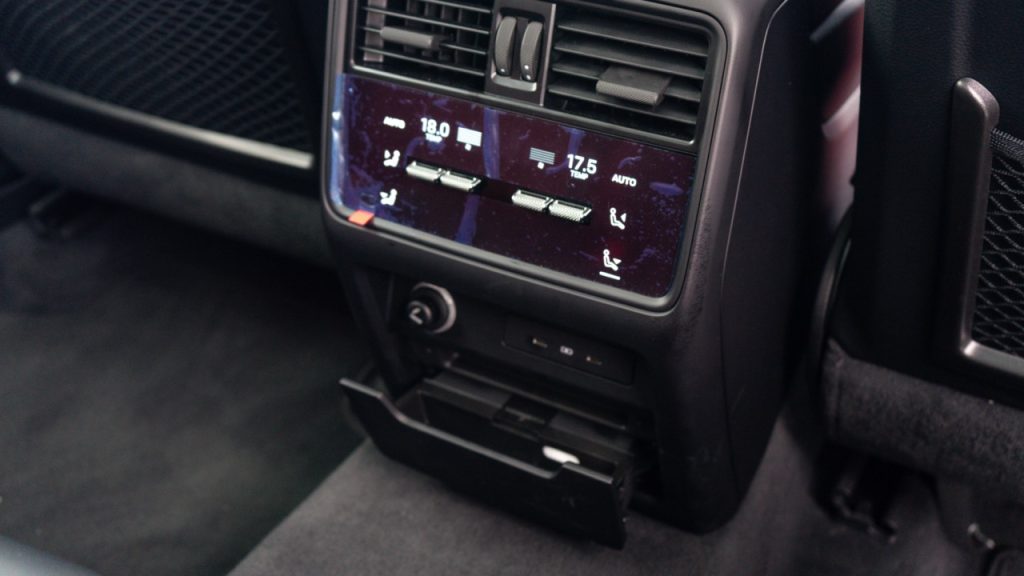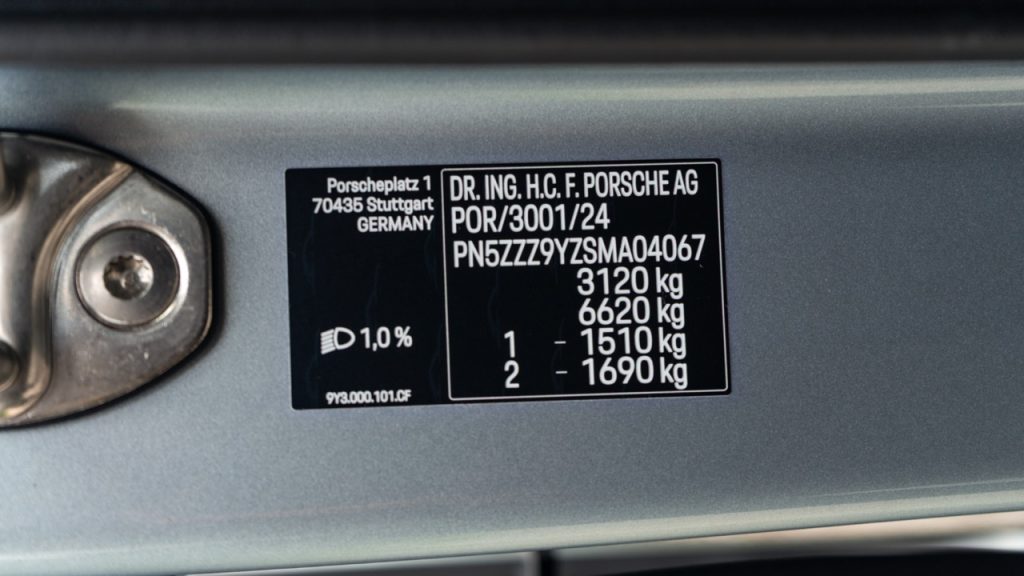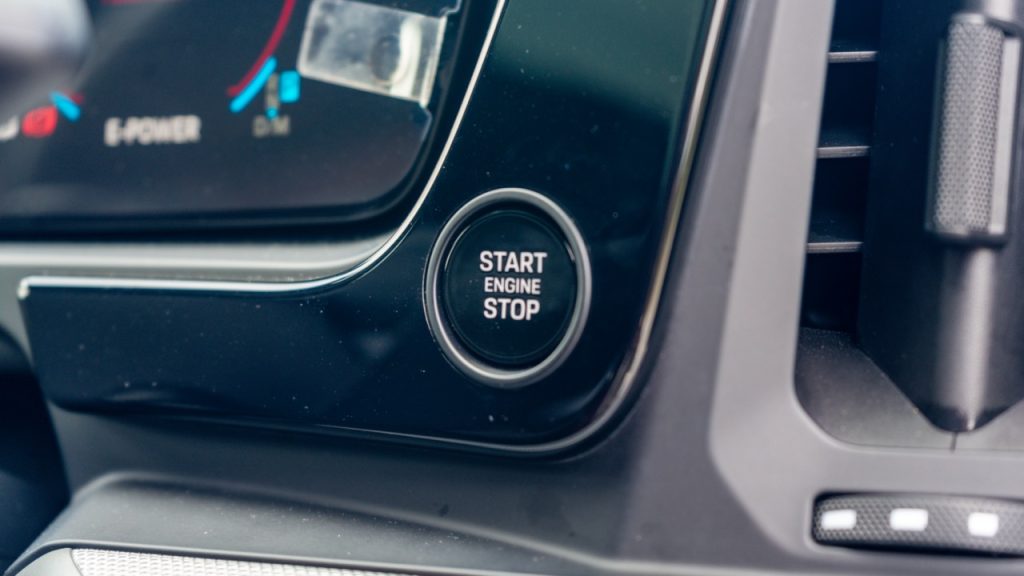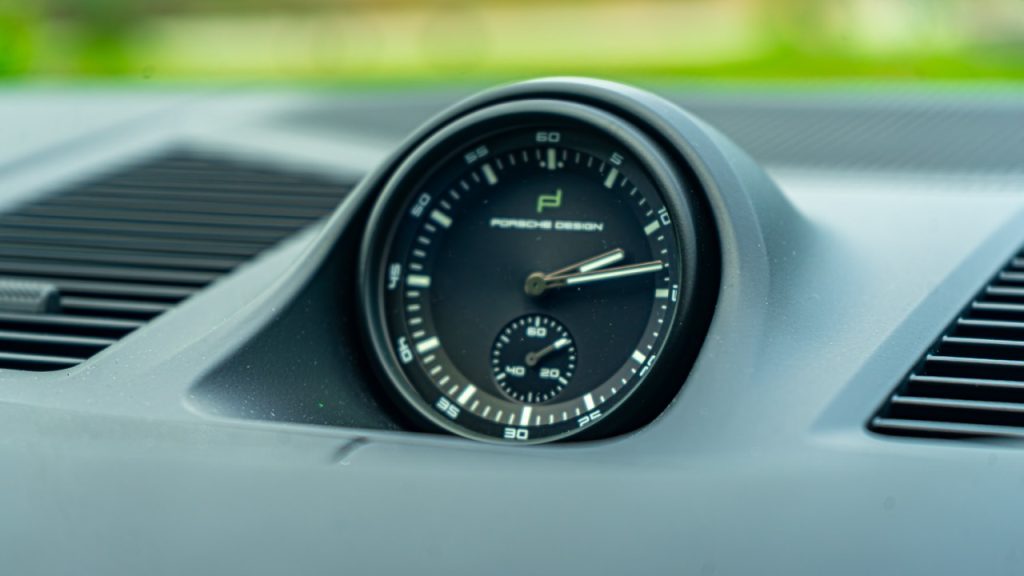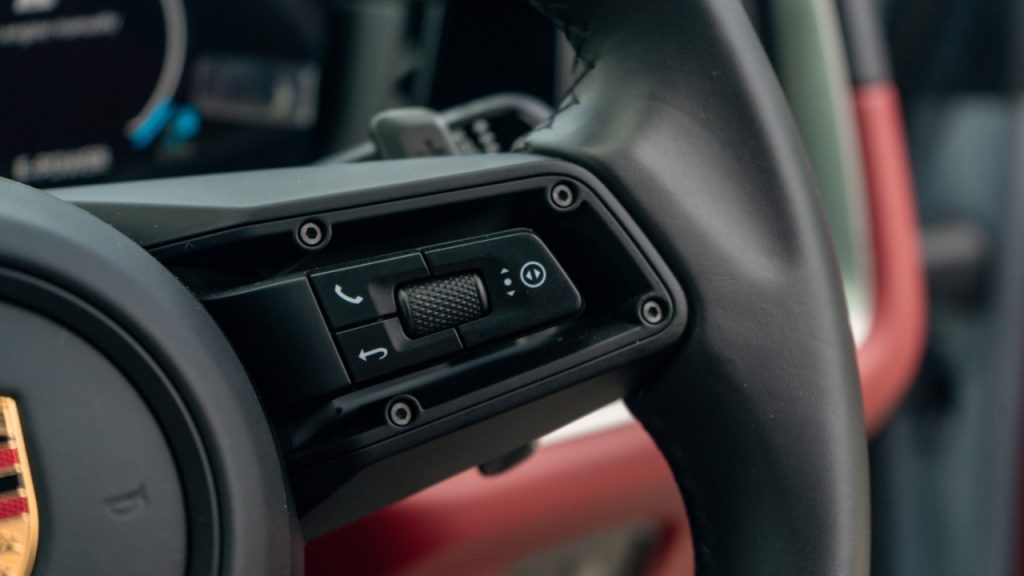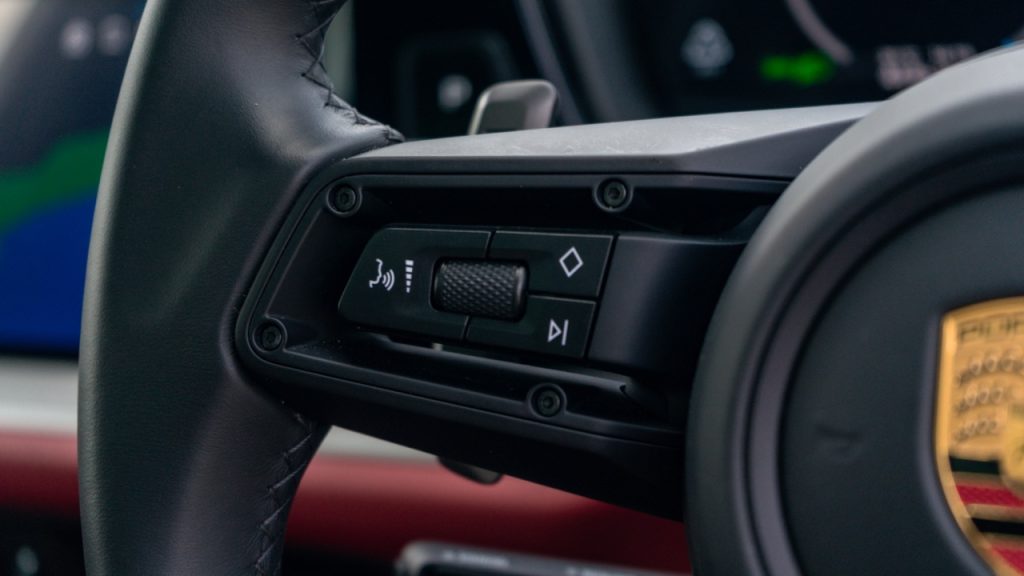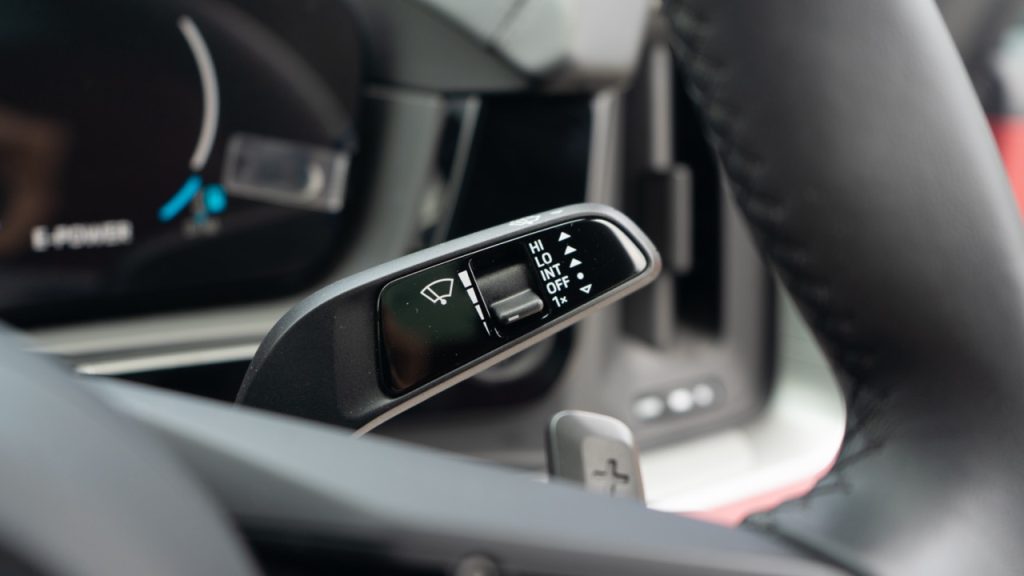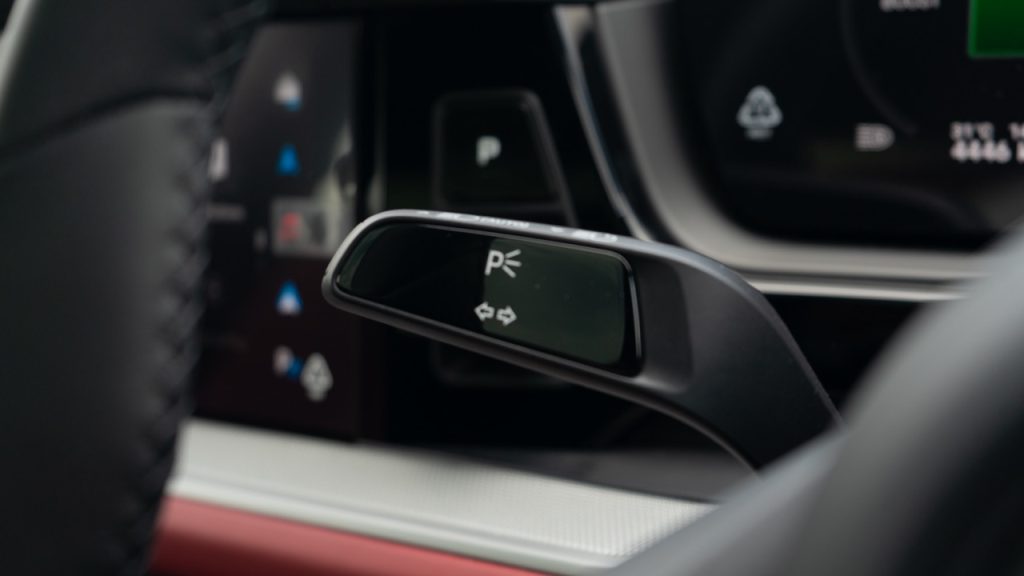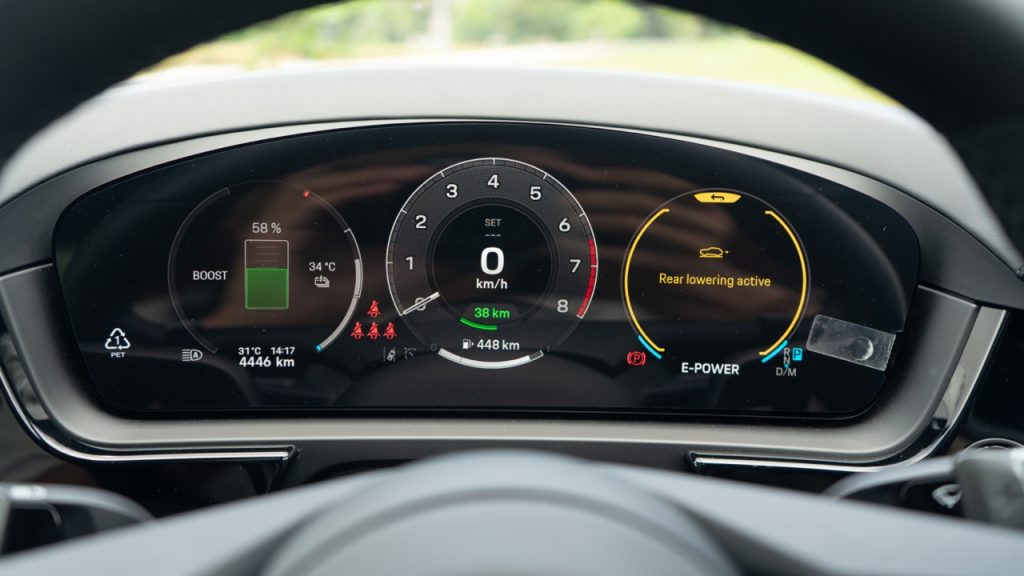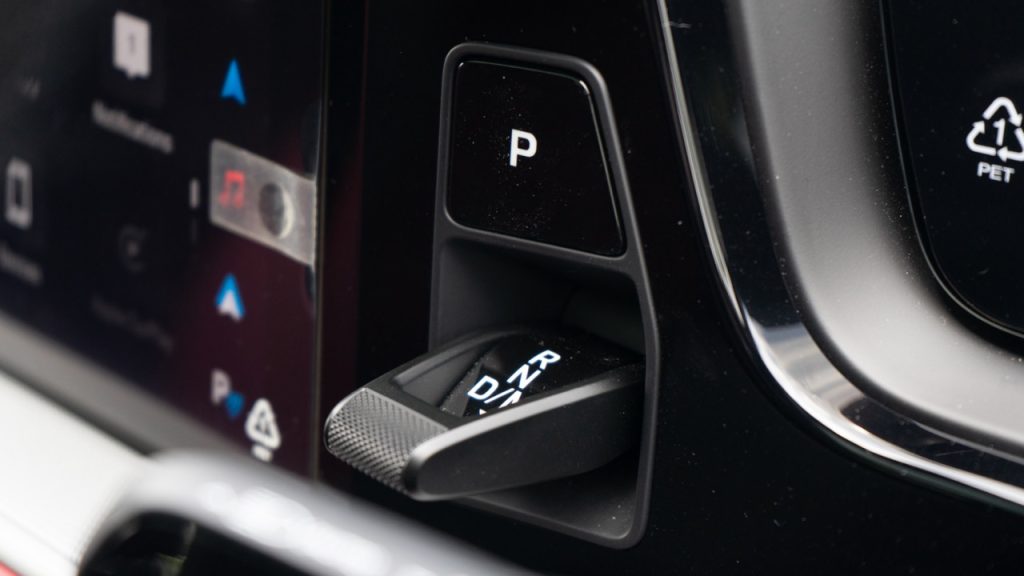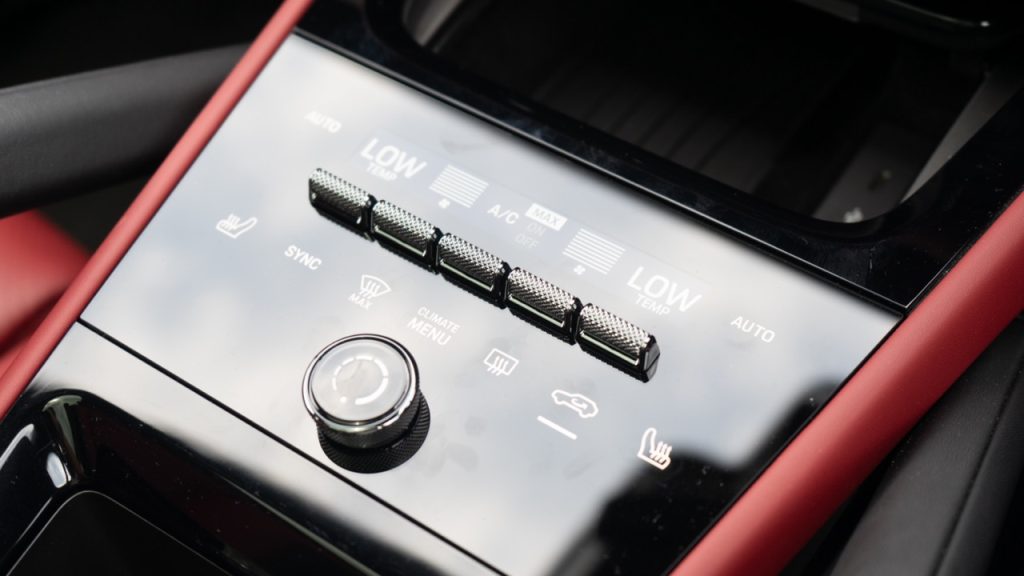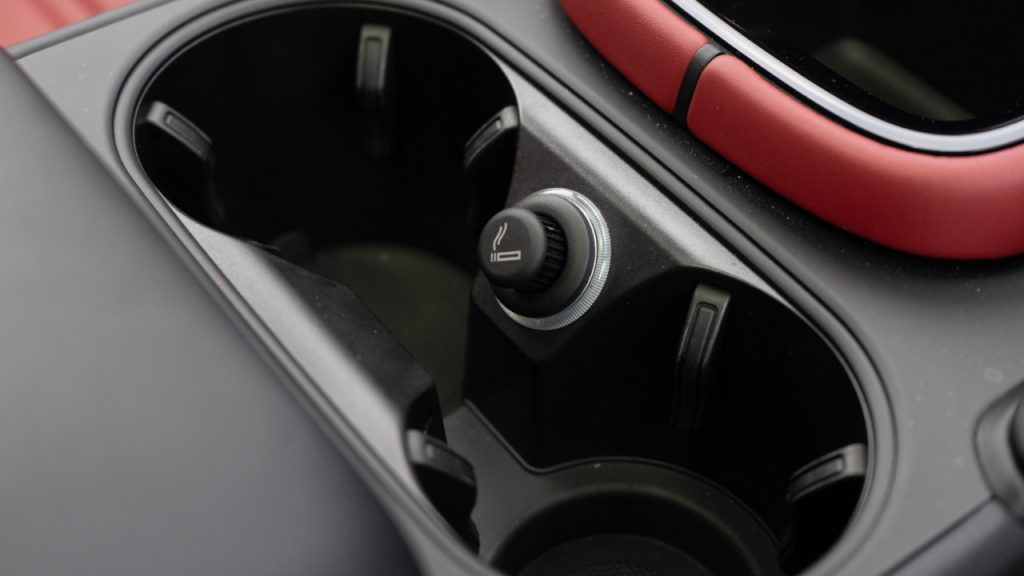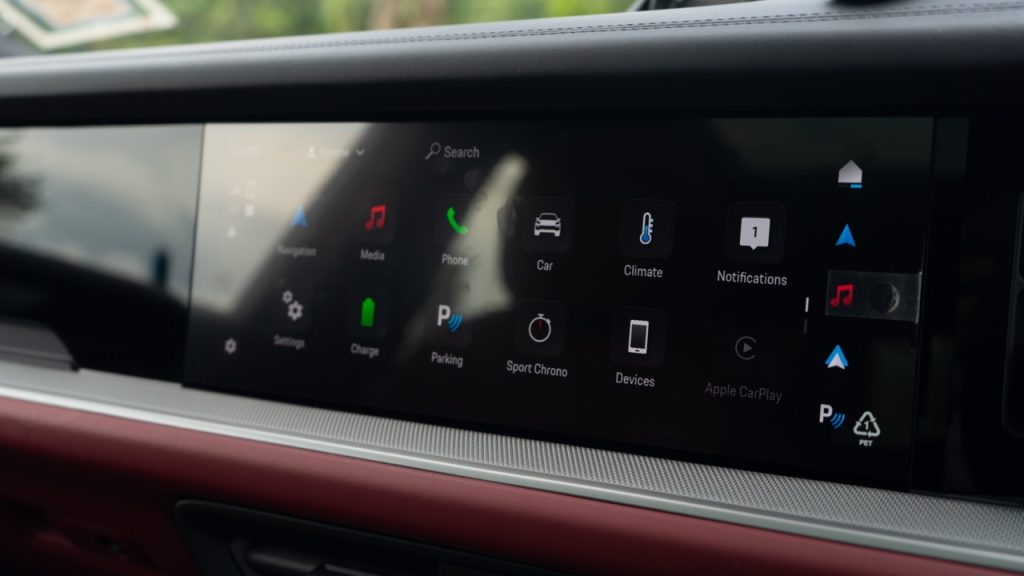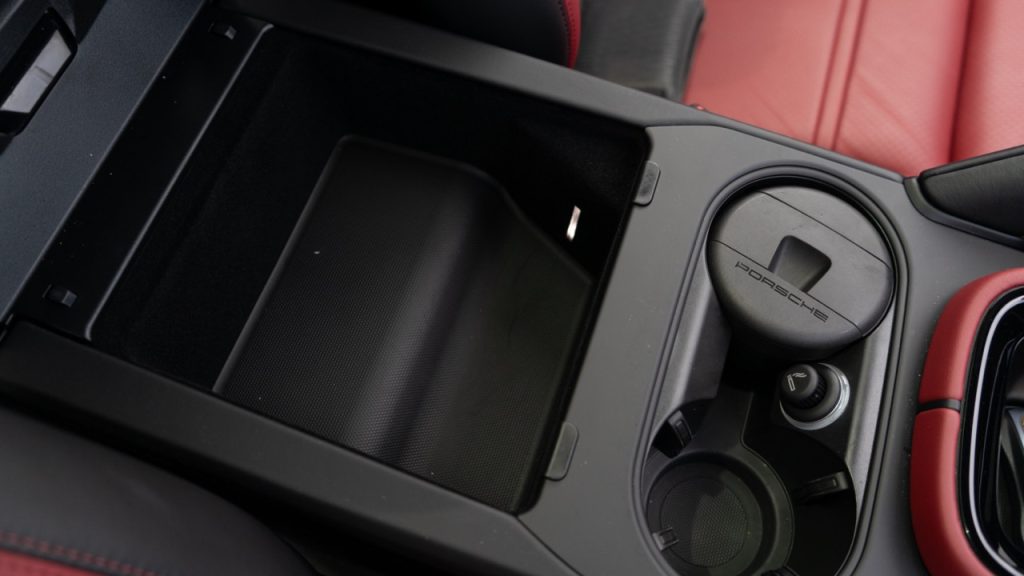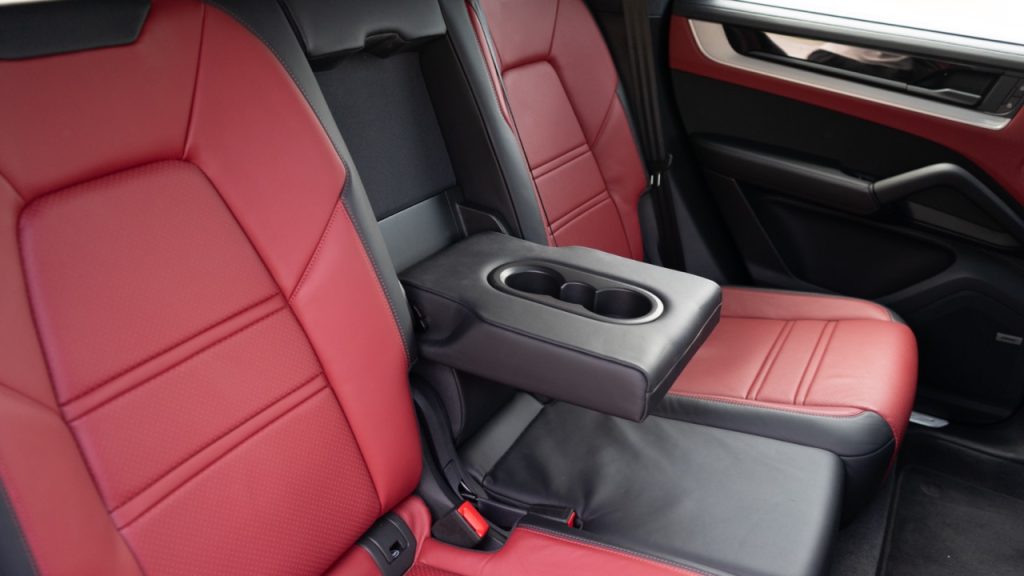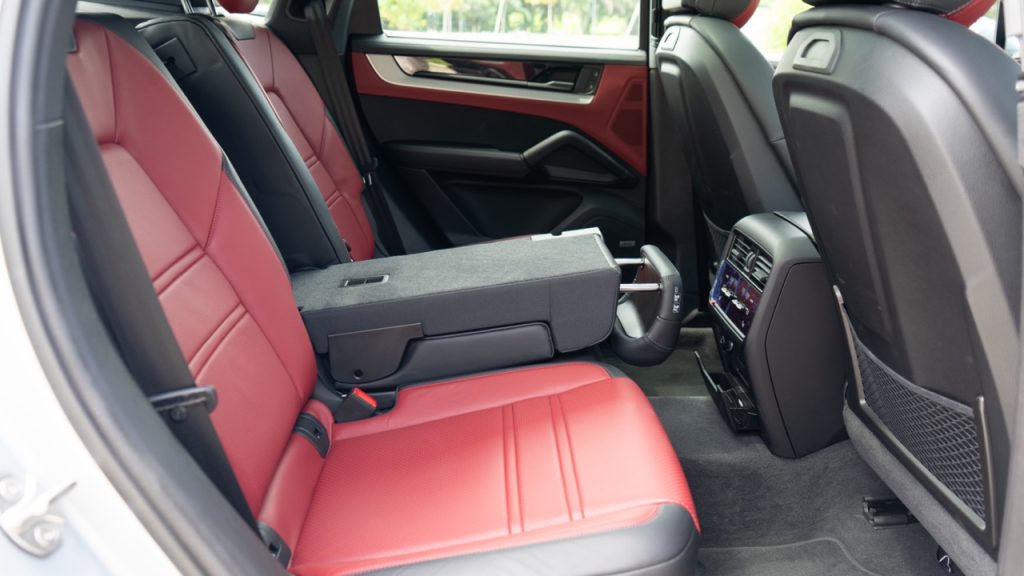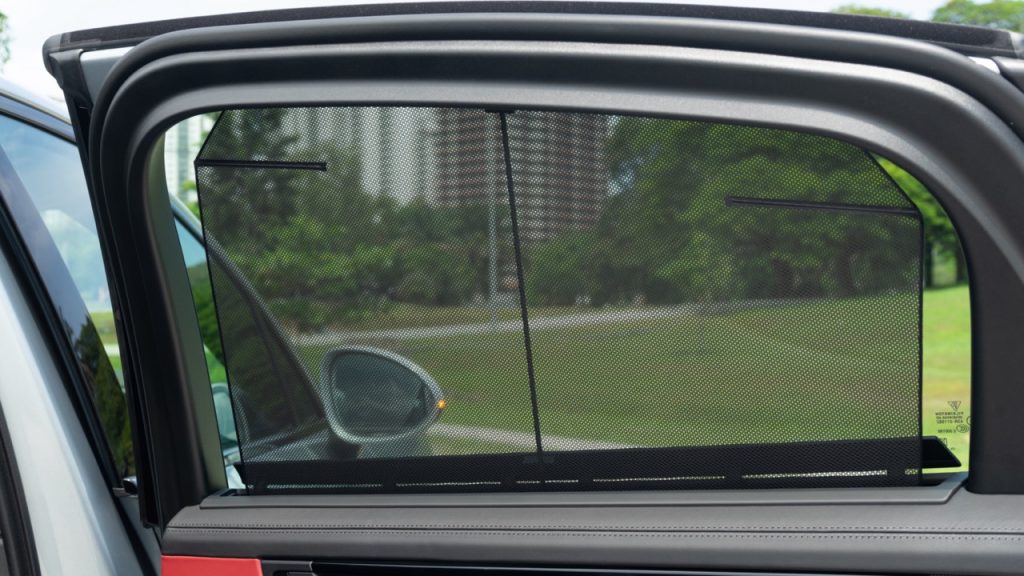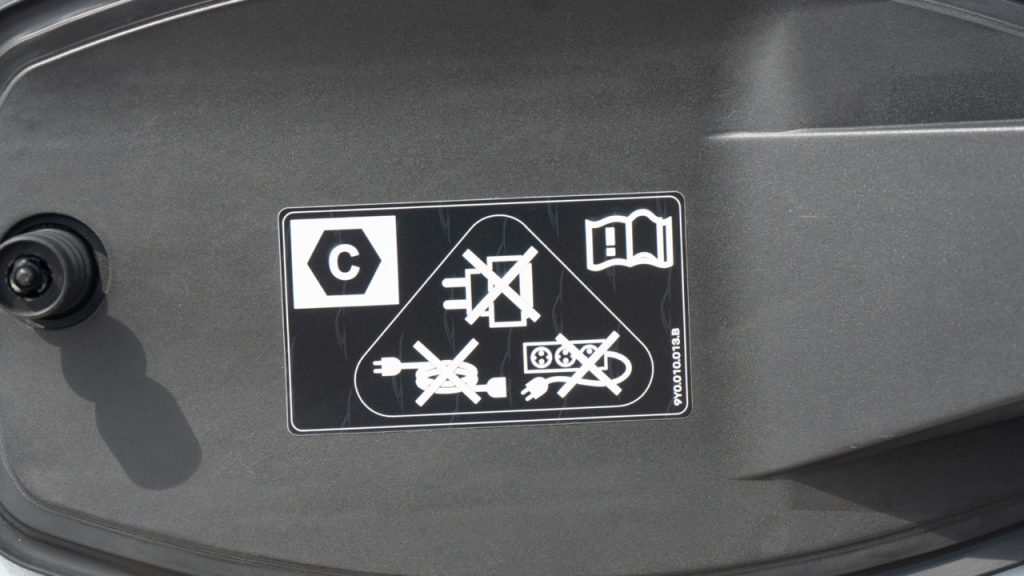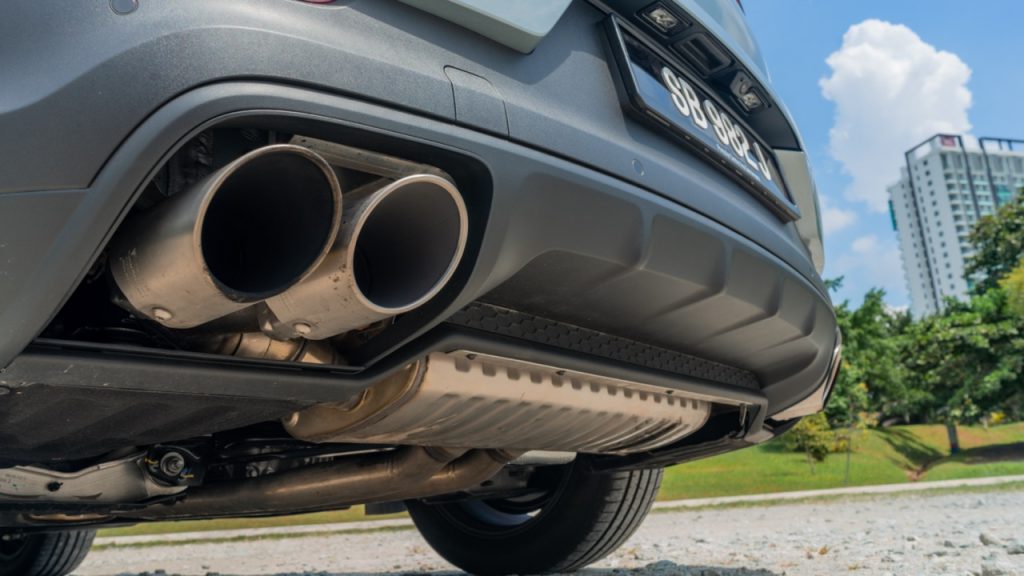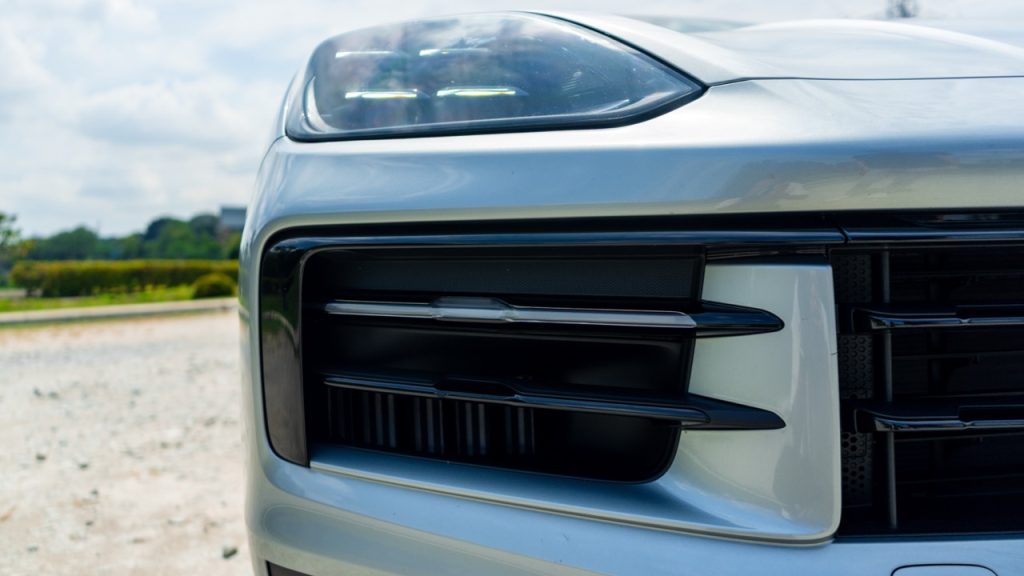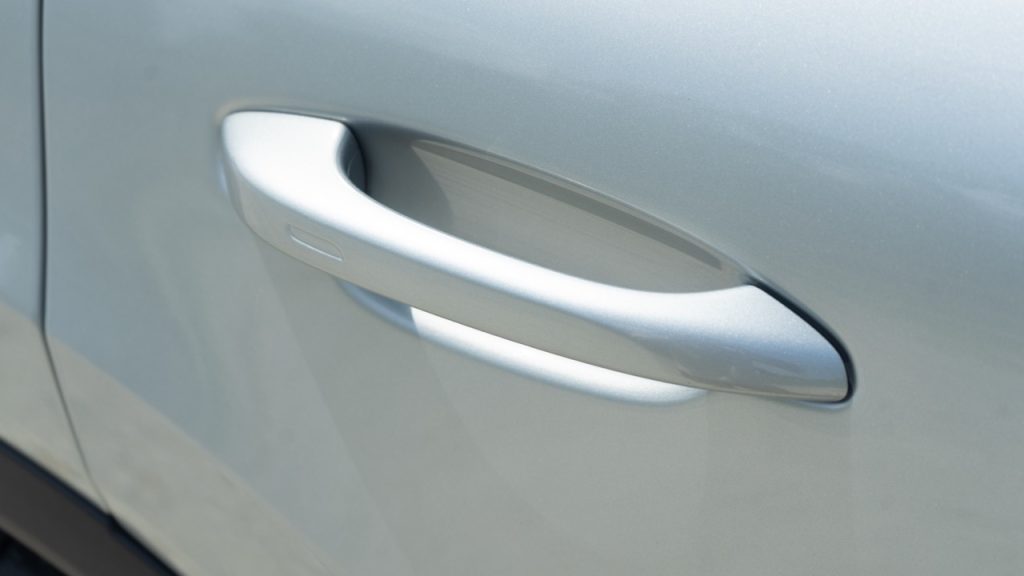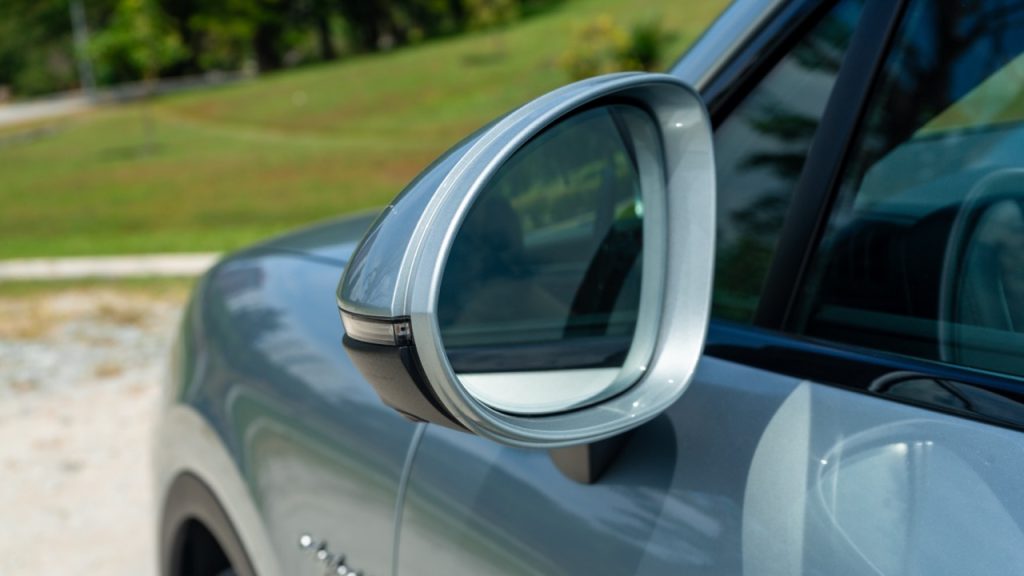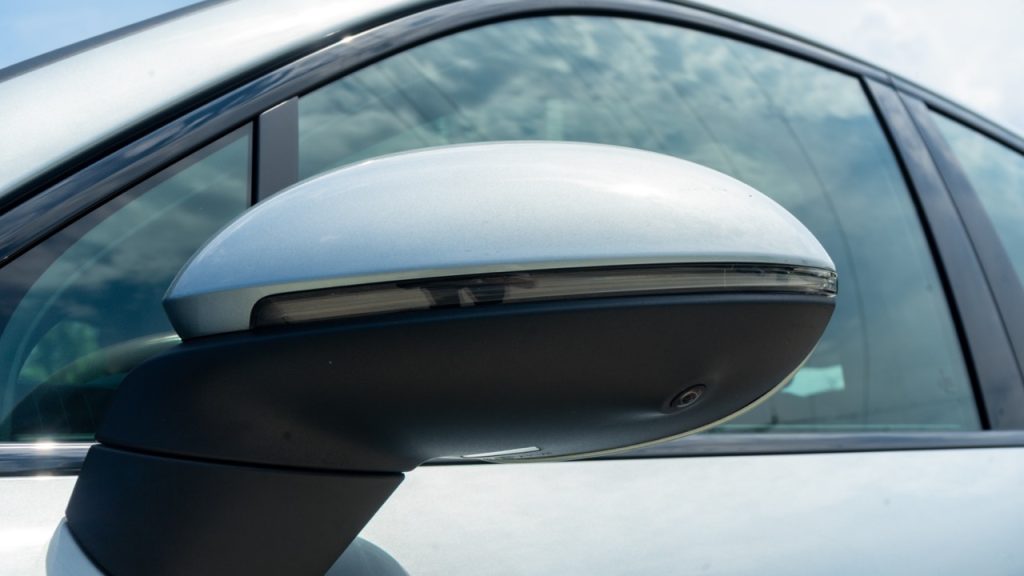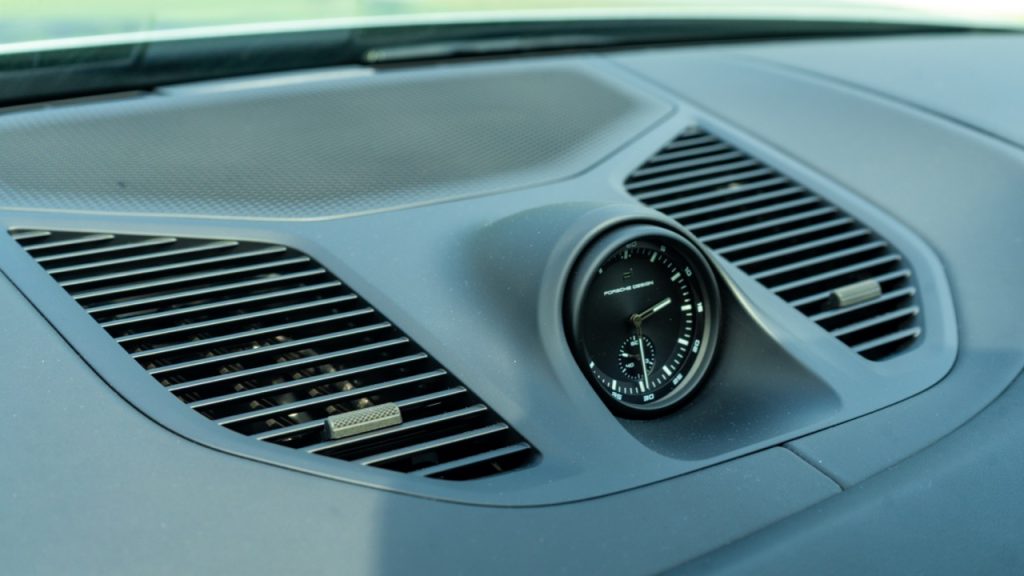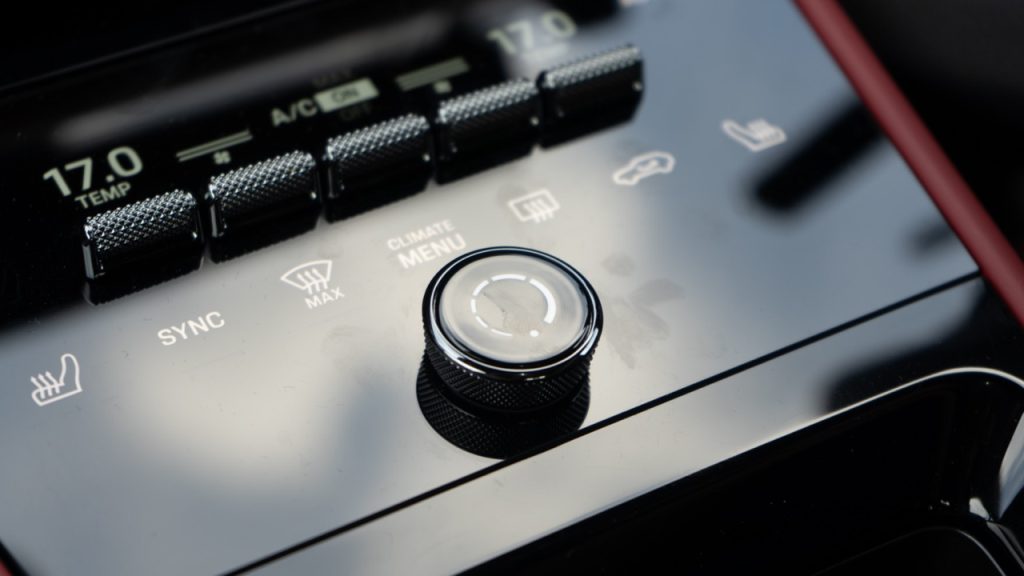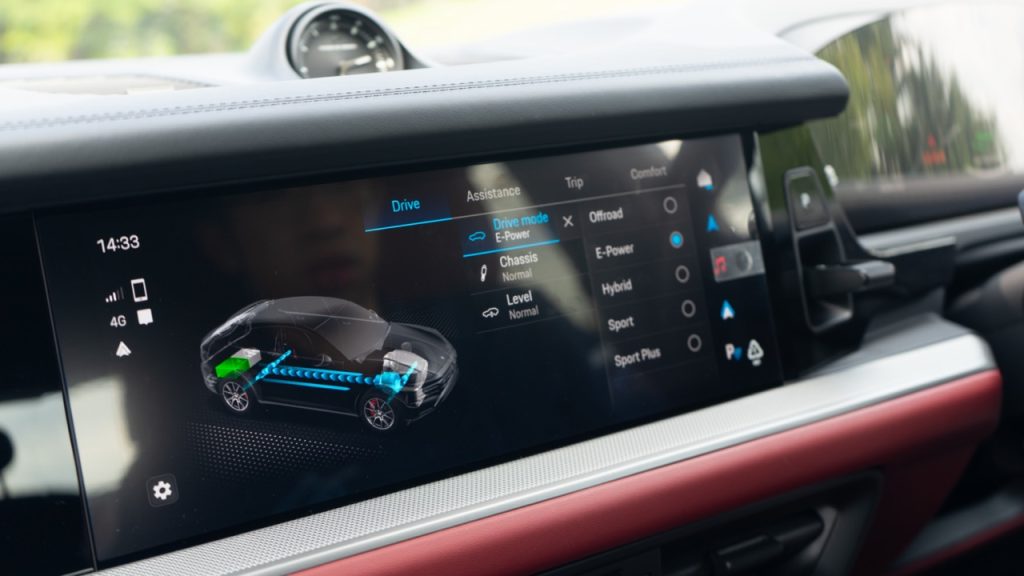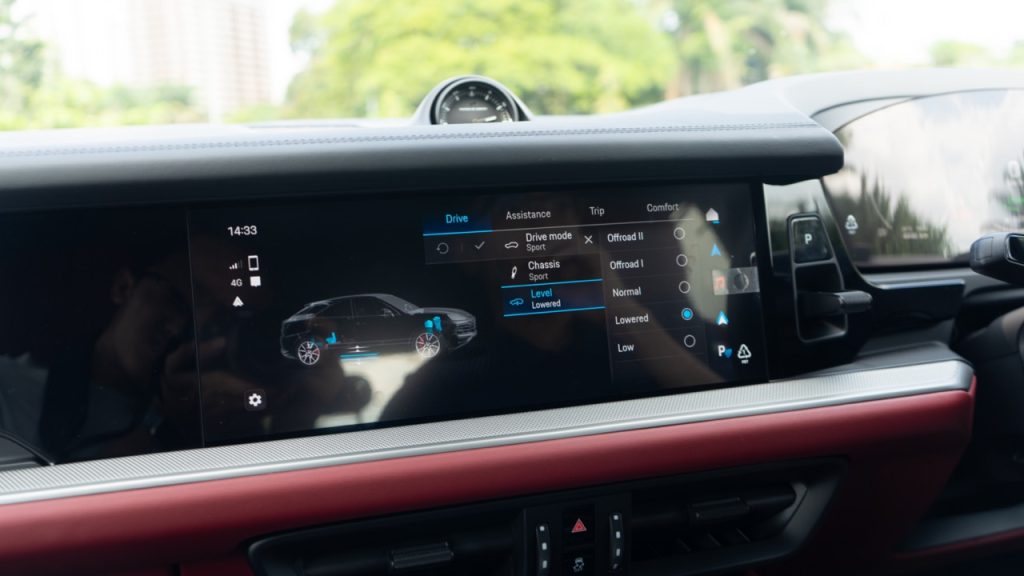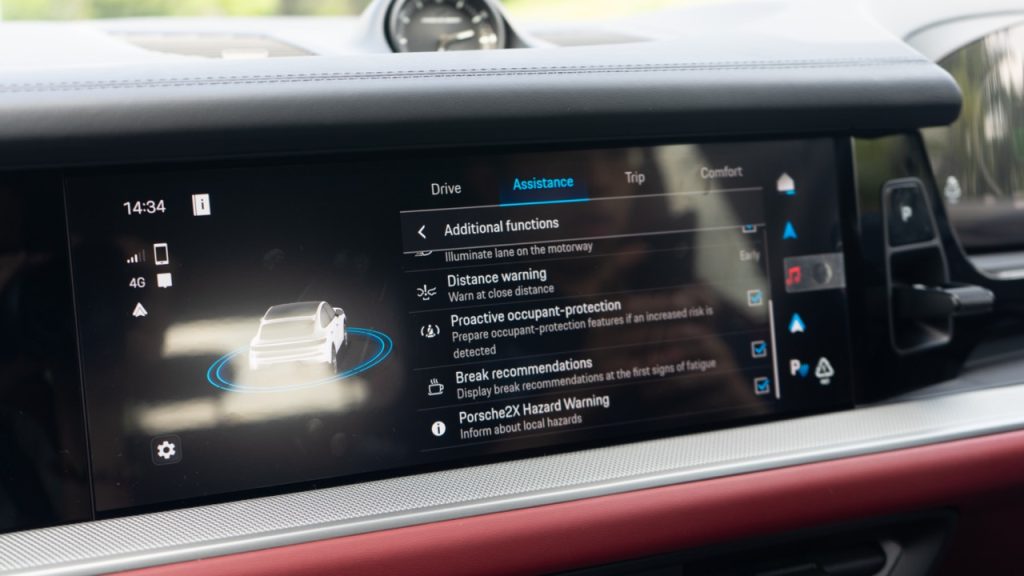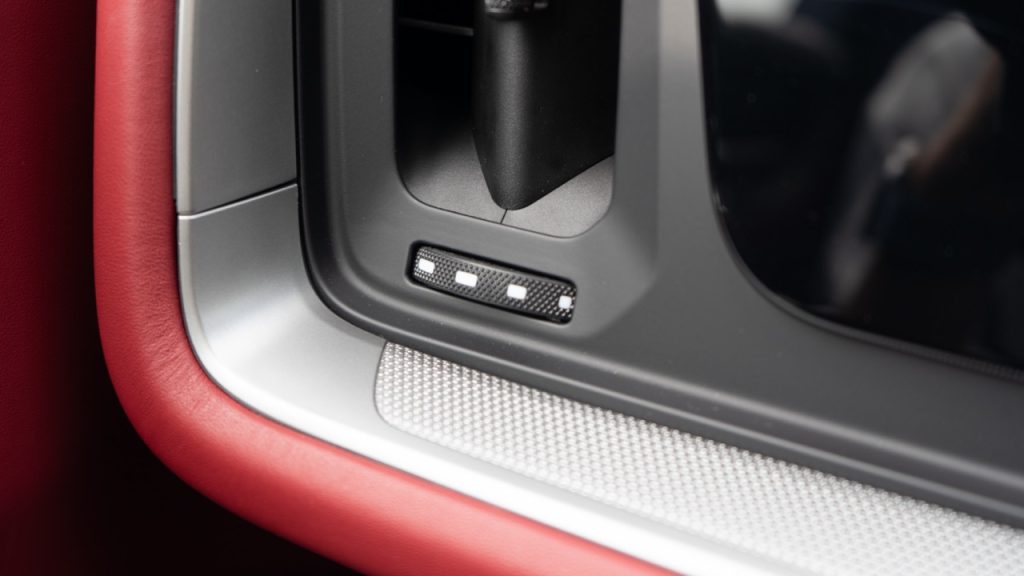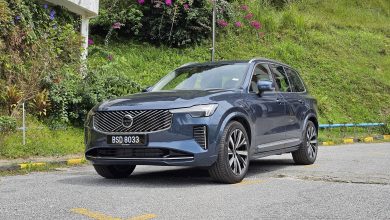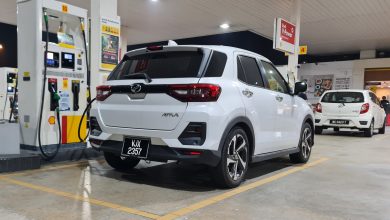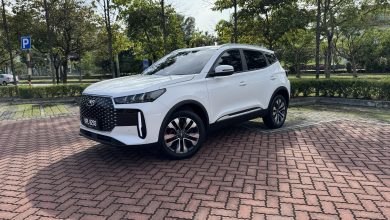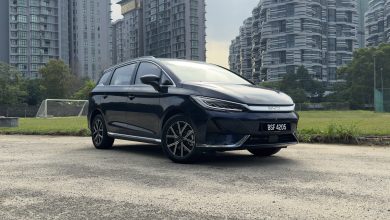
Here are all the curious quirks and clever touches that can be found in this particular Porsche SUV.
As auto journalists, the goal is always to review every car through an impartial and balanced lens. Unfortunately however, some cars just don’t make this task all that easy…
Take the Porsche Cayenne for example. Even if it is, at its core, just a tarted-up Touareg, that Stuttgart stallion badge staring back at you from the steering wheel nevertheless makes it rather easy (for those less strong-willed, like this writer) to get swept up in its “Porsche-ness” and wax lyrical about it.
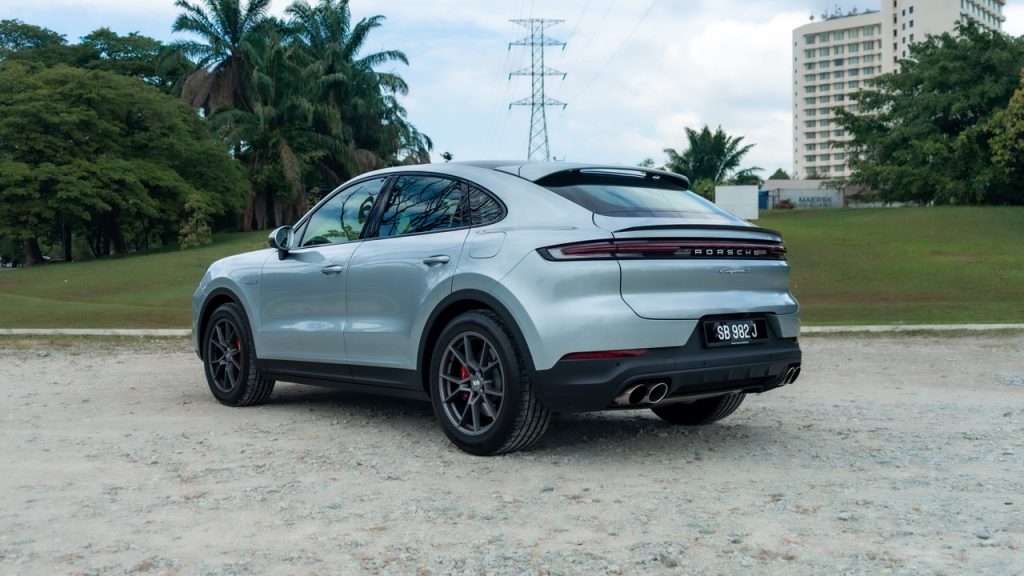
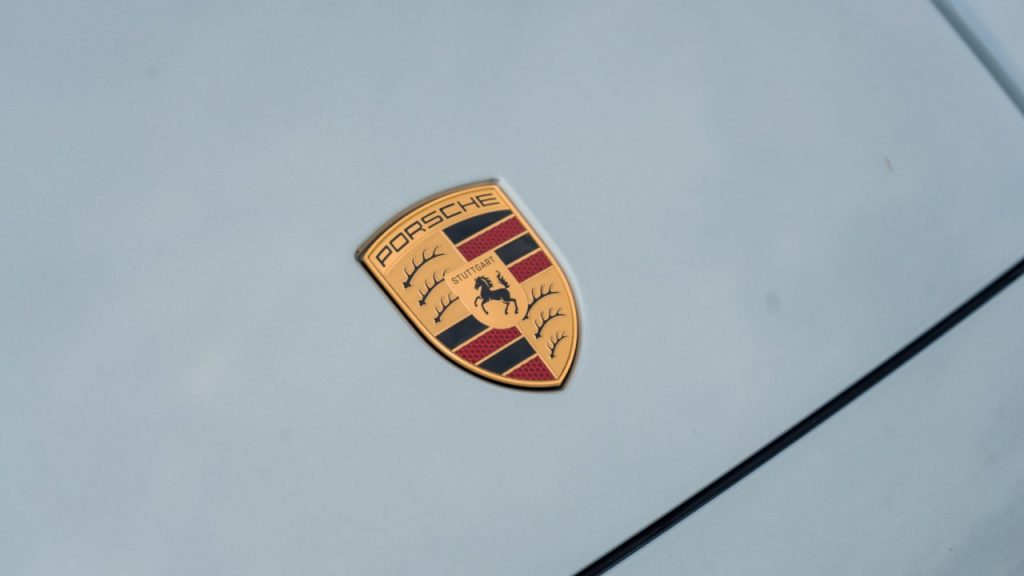
In his defence however, most other reviews of this super SUV will (and already have) followed the familiar beat: It feels luxurious inside, pulls like a rocket, and drives like a sports car. Go ahead and buy it, if you have the dough.
So, in an attempt to avoid falling into those clichés with this review, this piece on the Cayenne S E-Hybrid Coupe will instead focus on the smaller details that most bird’s-eye reviews tend to gloss over, but which this writer picked up on during his (admittedly amazing, because Porsche!) day behind the wheel of this electrified SUV from Stuttgart.
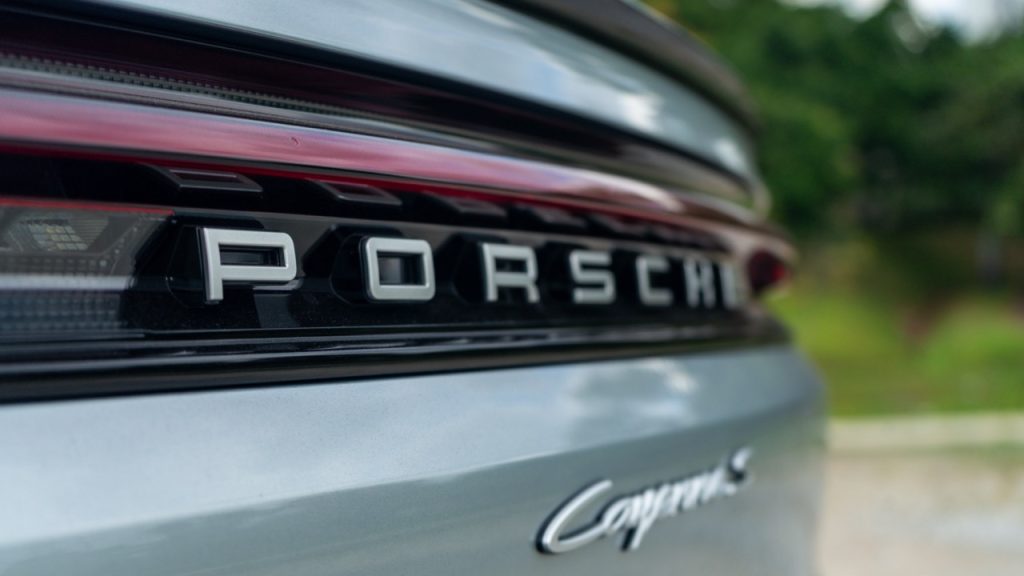
A Bit Of Background
Before anything though, that little point about this SUV being from Stuggart is worth unpacking a little bit more. Such is as while the development may have largely taken place in Germany, one particularly proud Malaysian point is that this particular Cayenne is a bit more local than you might initially expect.
This S E-Hybrid Coupe variant tested here after all currently rolls out of the SIME plant in Kulim, alongside the regular Cayenne. This makes it the first PHEV Porsche to be locally assembled here, and incidentally also the first Malaysian-assembled Stuggart Stallion to be exported, with the first CKD units already having made its way to Thailand before eventually arriving in local showrooms.
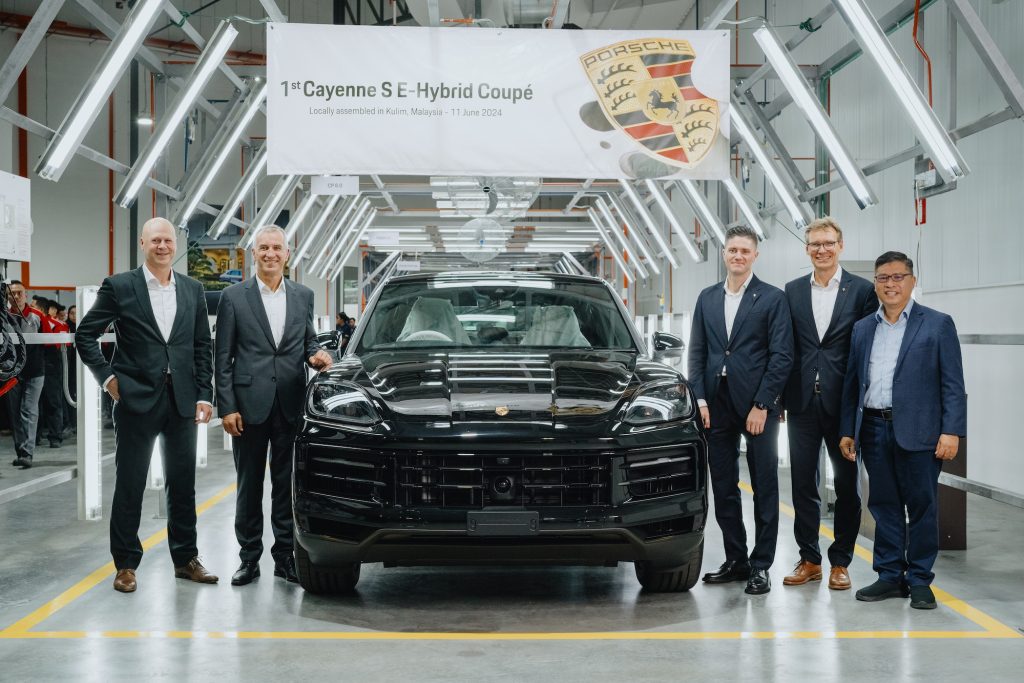
As for a quick TL;DR on its major specs meanwhile, under the hood of the Cayenne S E-Hybrid Coupe lies a 3.0-litre turbocharged V6 paired with an 8-speed automatic transmission that produces 353 PS and 500 Nm of torque on its own. This is then combined with an electric motor making 176 PS and 460 Nm, for a total system output of 519 PS and 750 Nm. All that grunt is enough to propel this coupé-SUV from 0–100 km/h in just 4.7 seconds, before pressing on to a top speed of 263 km/h.
Other technical highlights worth a mention with the Cayenne S E-Hybrid Coupe are for it to feature a two-chamber, two-valve adaptive air suspension with Porsche Active Suspension Management (PASM) as standard. Also fittingly for the “S” spec too, the Sport Chrono Package (with Porsche design clock on the dashboard) is standard fit over here.
Prices for the Cayenne S E-Hybrid Coupe start at RM 728,000 inclusive of taxes and duties, but excluding on-the-road fees, options and insurance.
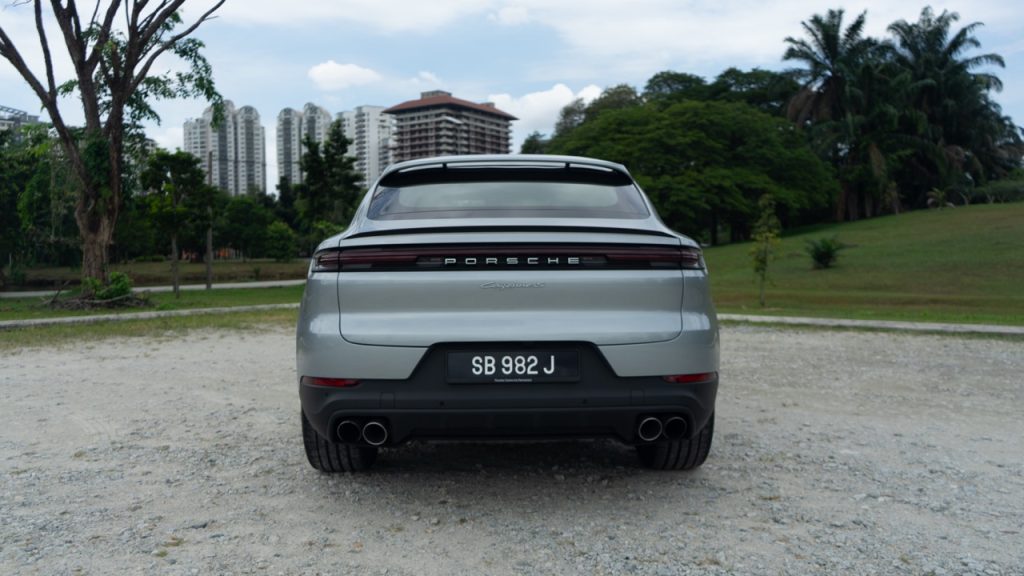
From The Outside
Now finally starting the review proper with its exterior, the Cayenne still admittedly looks like a 911 with a shed stuck to its back. And especially in this coupé-fied version with its sloping roof, it comes across even more as a bloated 911 — which, depending on your point of view (quite literally), could be either a good thing or a bad one.
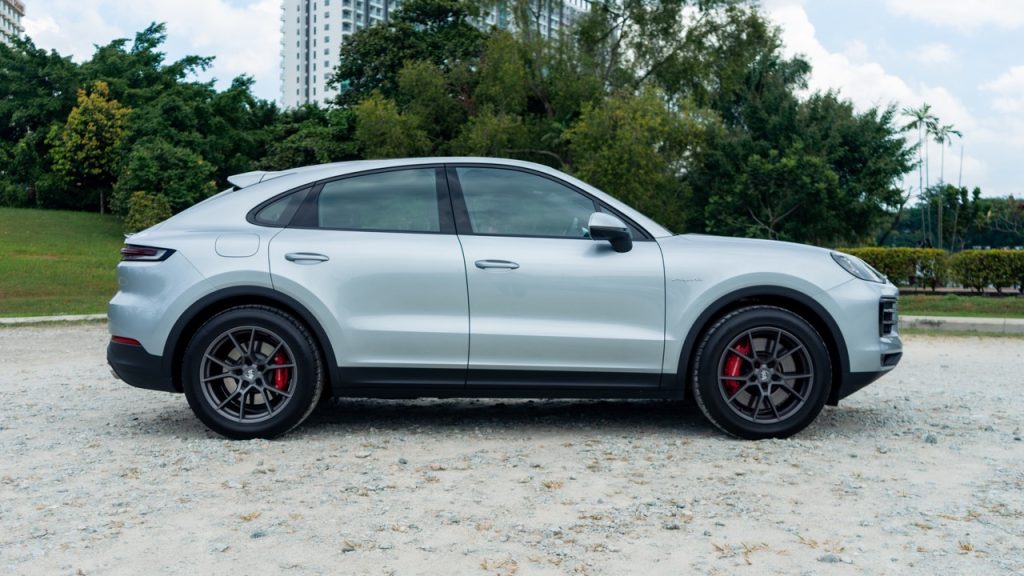
Though looking past its general shape, there are a few details that one only notices with a proper once-over on this Cayenne S E Hybrid Coupe:
- One of the more notable exterior features Porsche highlights is the high-definition matrix LED headlights, which boast a staggering 32,000 pixels per side. Though perhaps even more interesting, the front lamp clusters apparently feature what looks like a wood inlay within them.

- The ADAS sensing module sits front and centre within the Cayenne’s grille, and isn’t exactly subtly integrated. The unit itself also resembles the black dome-shaped CCTV cameras often seen in shops.
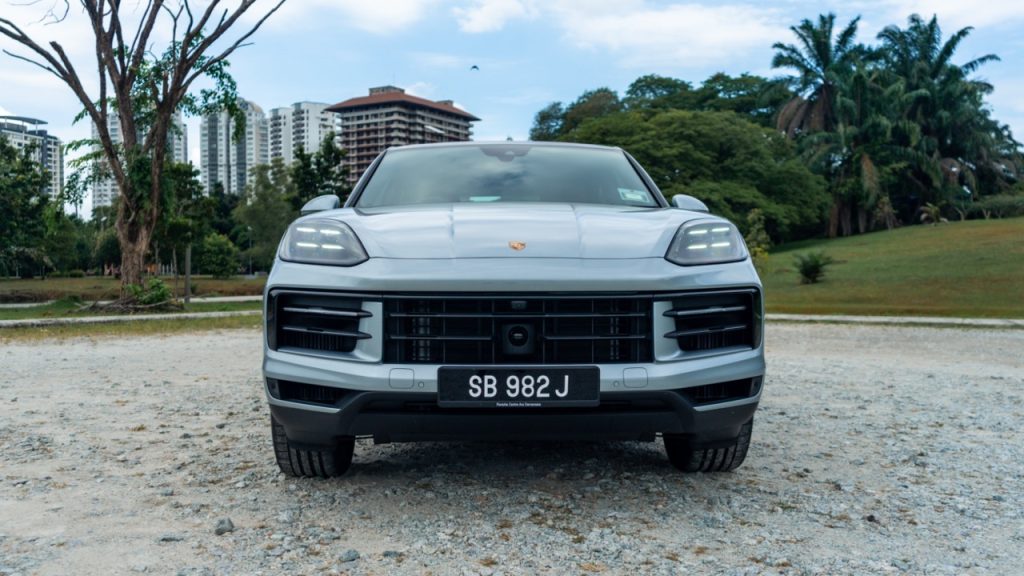
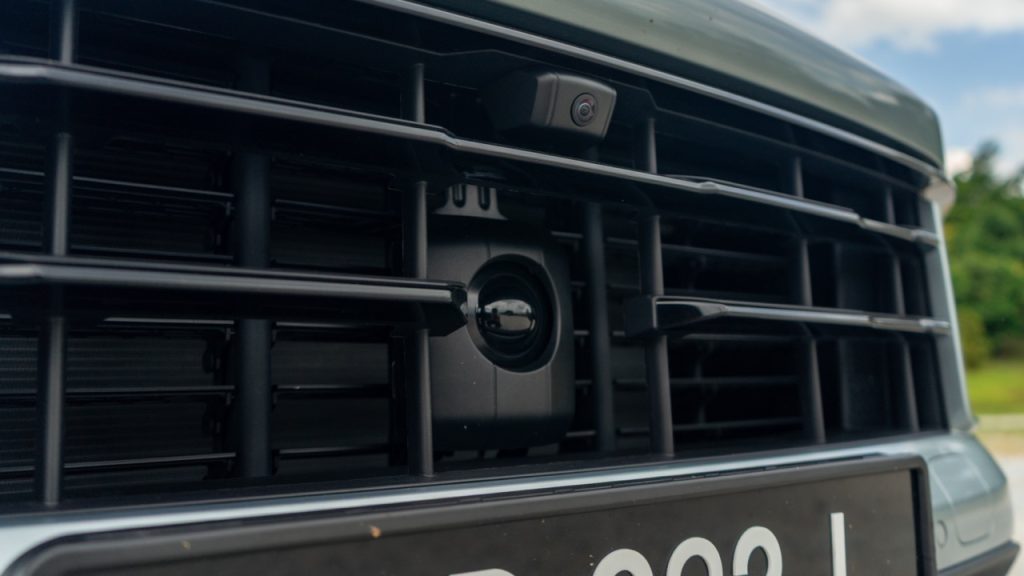
- This S E-Hybrid Coupé variant comes as standard in Malaysia on comparatively small 20-inch wheels (if 20 inches can even be considered small these days), wrapped in relatively chunky tyres. This gives it a somewhat off-roader look that perhaps isn’t entirely fitting for this sporty Cayenne spec. And in this writer’s humble opinion, the optional 22-inch rollers are the ones to go for if you’re chasing the racier aesthetic.
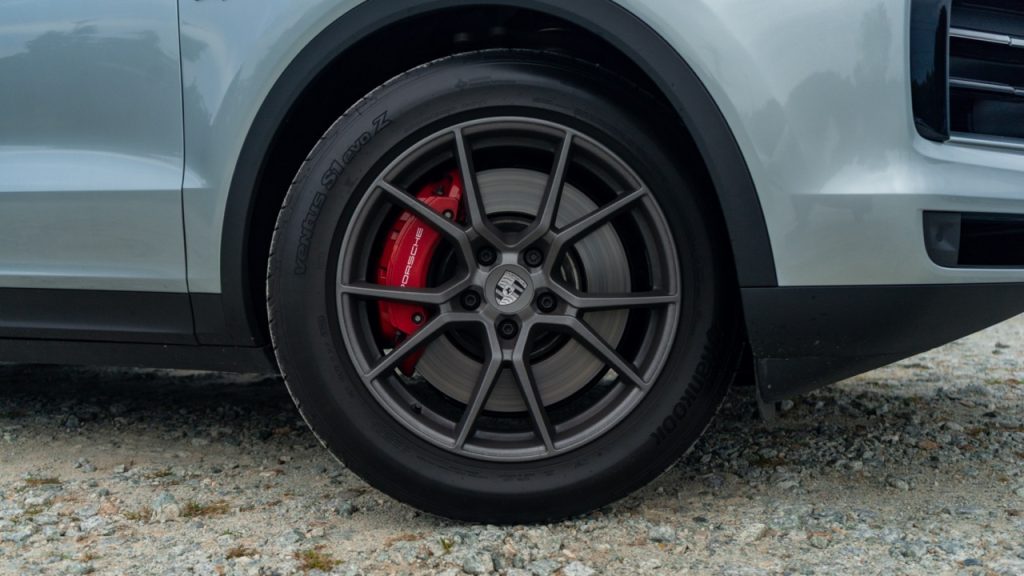
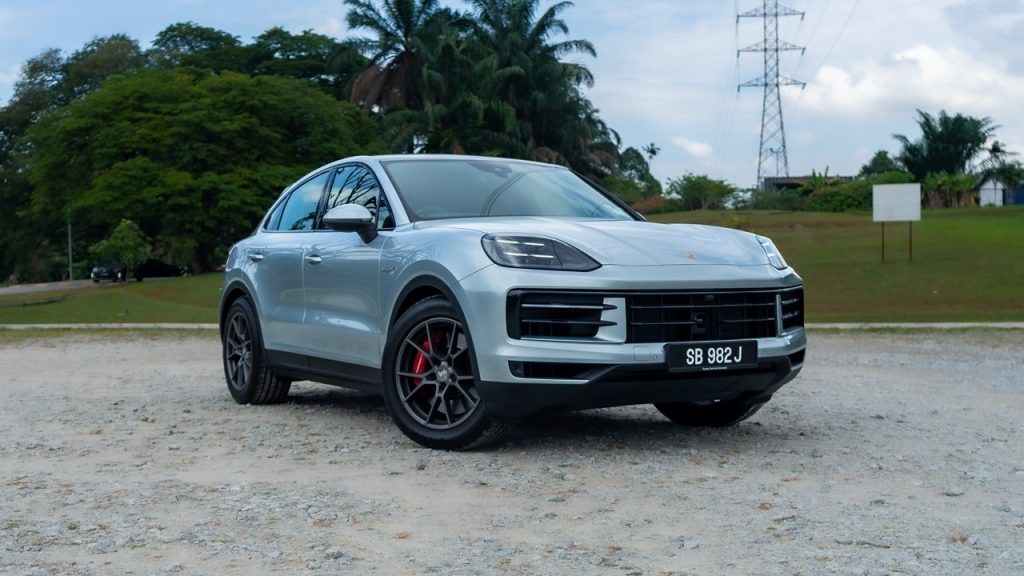
- Apart from the discreet “e-hybrid” badging up front and the presence of a fuel door on either rear flank, there’s no obvious indication that this Porsche hides an electric drive motor. In fact, the Cayenne really doesn’t shout about its PHEV credentials, right down to the fact that it still has four exhaust pipes.
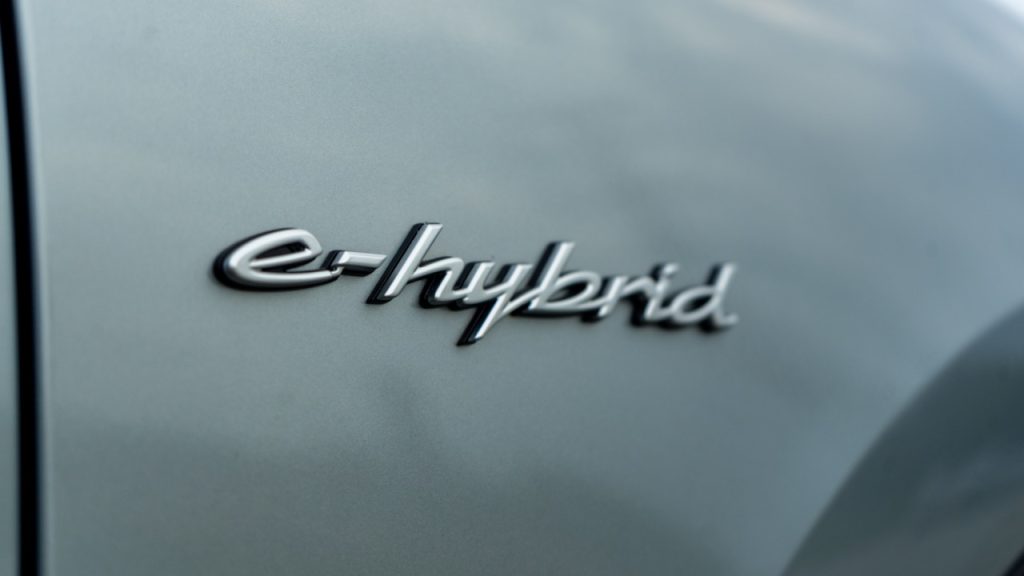
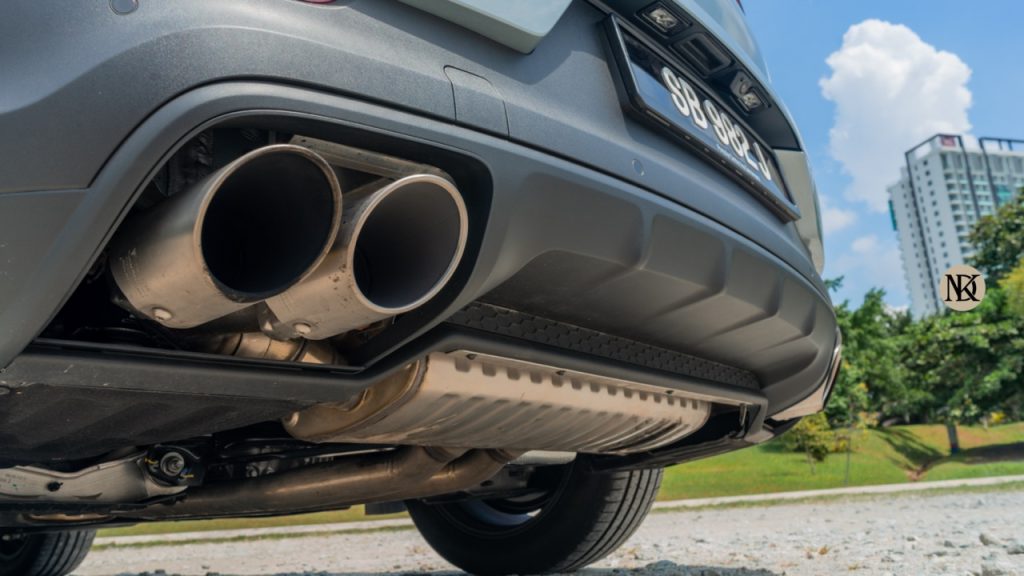
- All four doors on the Cayenne feature keyless lock/unlock from the outside, and they’re all soft-close too. A nice premium touch.
- As with most self-styled coupés, the sloping roofline adds to the Cayenne’s visual appeal but comes at the cost of losing a rear windscreen wiper. The boot also uses a parcel shelf à la hatchback, rather than the more traditional tonneau cover of the regular Cayenne.

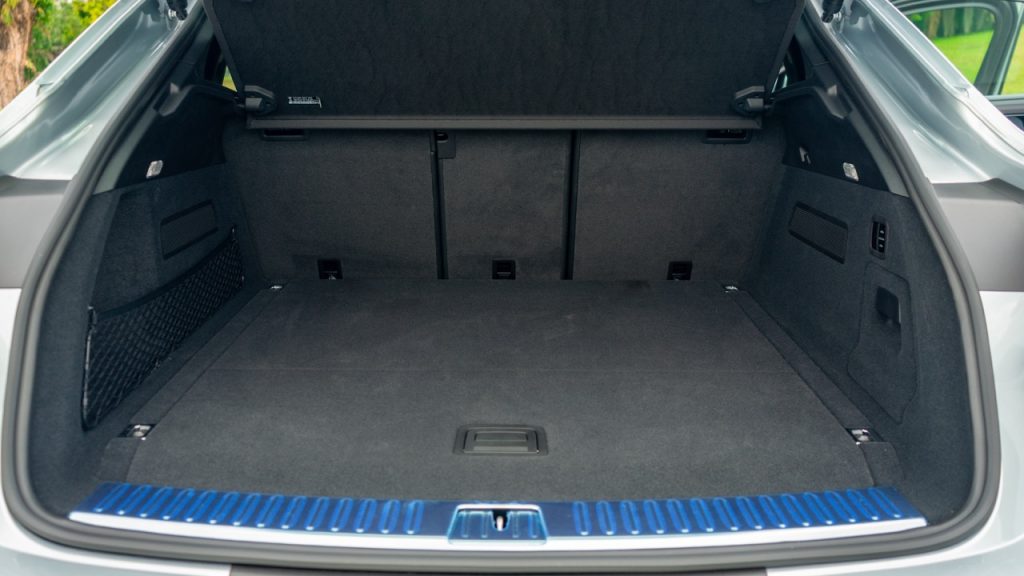
- There are two tow hook points up front, presumably necessary when moving this 2.4-tonne PHEV SUV if it becomes immobile.
- One final observation: thanks to its curvier silhouette compared to the boxier regular Cayenne, this coupé variant could (and has, on several occasions for this writer) be mistaken for a Macan from a distance.

Once Inside
Now stepping into the Cayenne S E-Hybrid Coupé, the first impression is, unsurprisingly, one of proper Porsche premium-ness. Material quality is undoubtably top-notch, and everything feels impeccably assembled with that unmistakable Germanic precision.
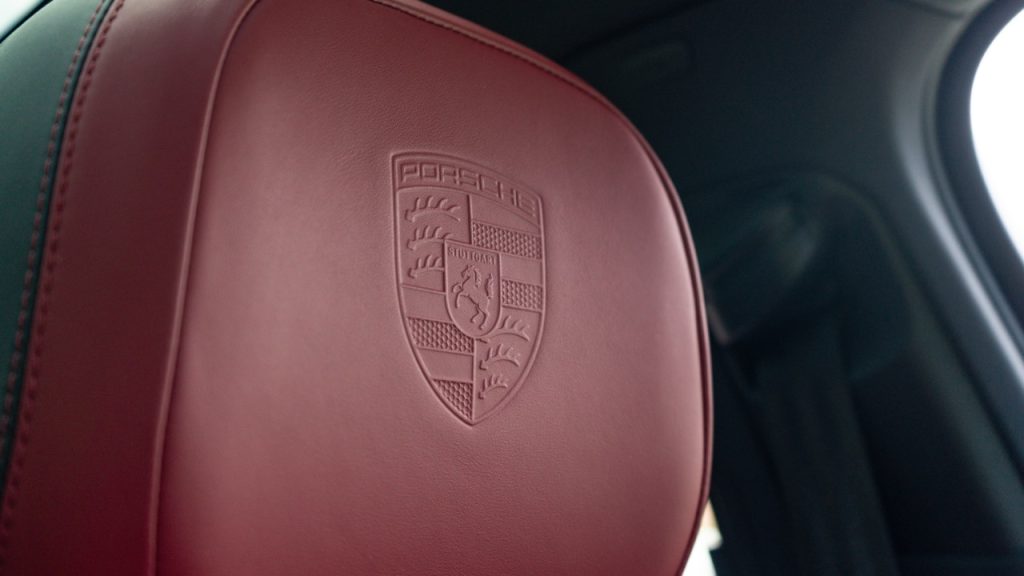
Spend a bit more time in the cabin however and a handful of thoughtful luxuries begin to reveal themselves, alongside a few curious omissions:
- The Cayenne’s quad-zone climate control doesn’t just allow individual temperature control, but also individual fan-speed adjustment. So every occupant can set their preferred airflow intensity.
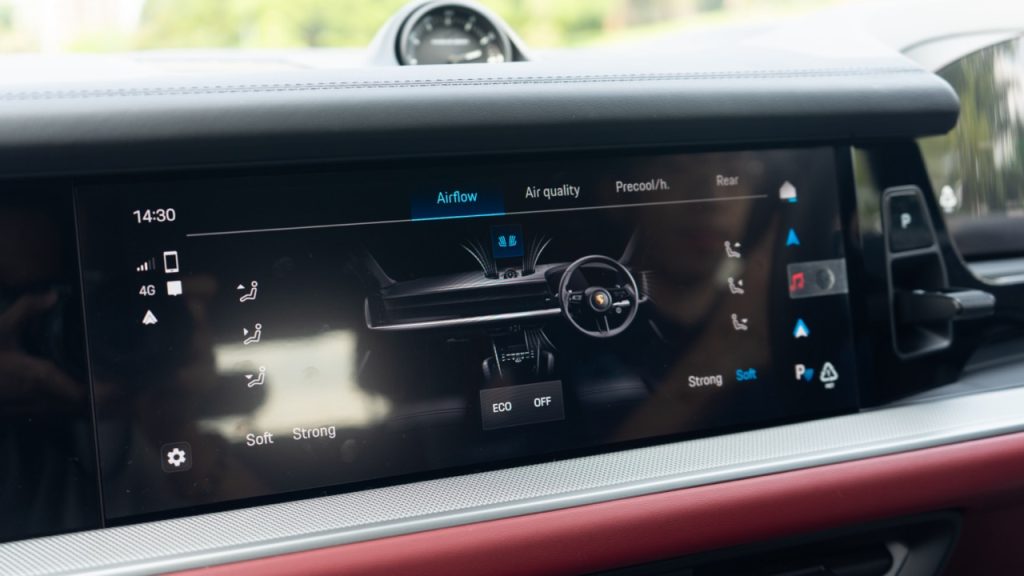
- The climate control panel on the centre console has haptic feedback, but the entire panel clicks down as a single unit when pressed, rather than giving individual button response. Why it couldn’t be separate buttons like before remains a *cough cost-cutting cough* mystery.
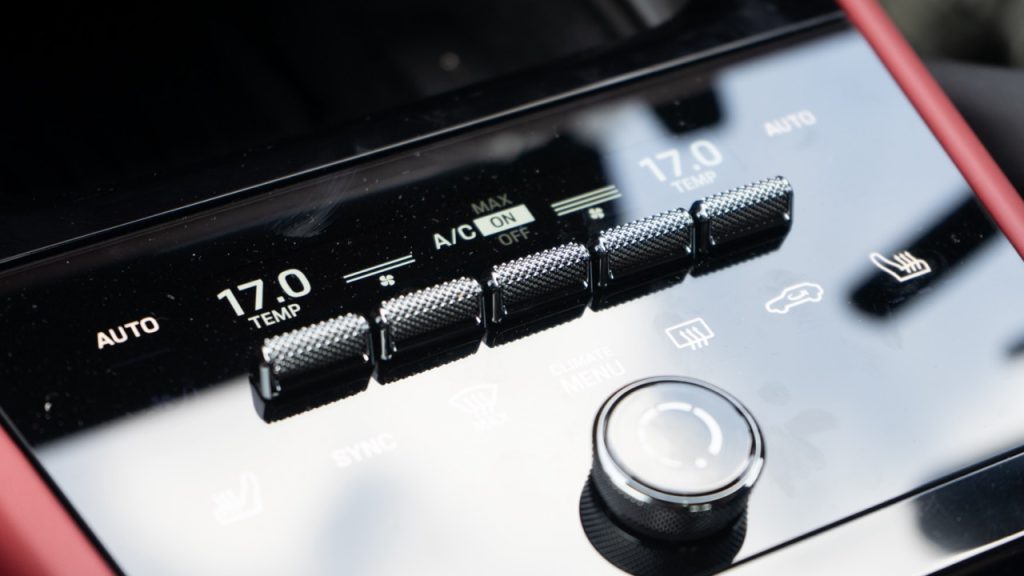
- The dash-top air vents on the Cayenne offer only lateral (left/right) adjustment, with their open/close function controlled through the infotainment screen. The rest of the vents meanwhile retain traditional scroll wheels to control the air flow coming out of them.
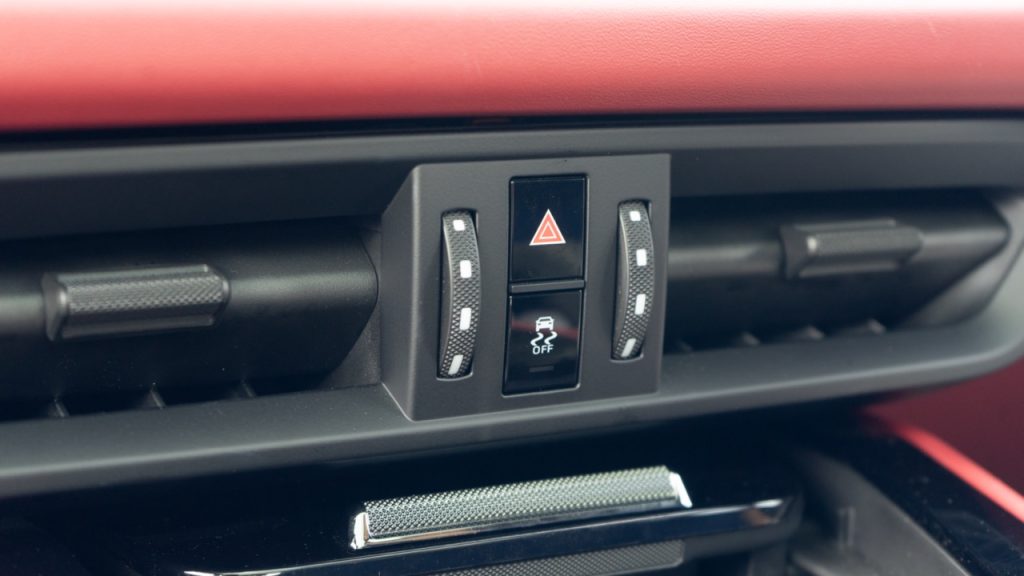
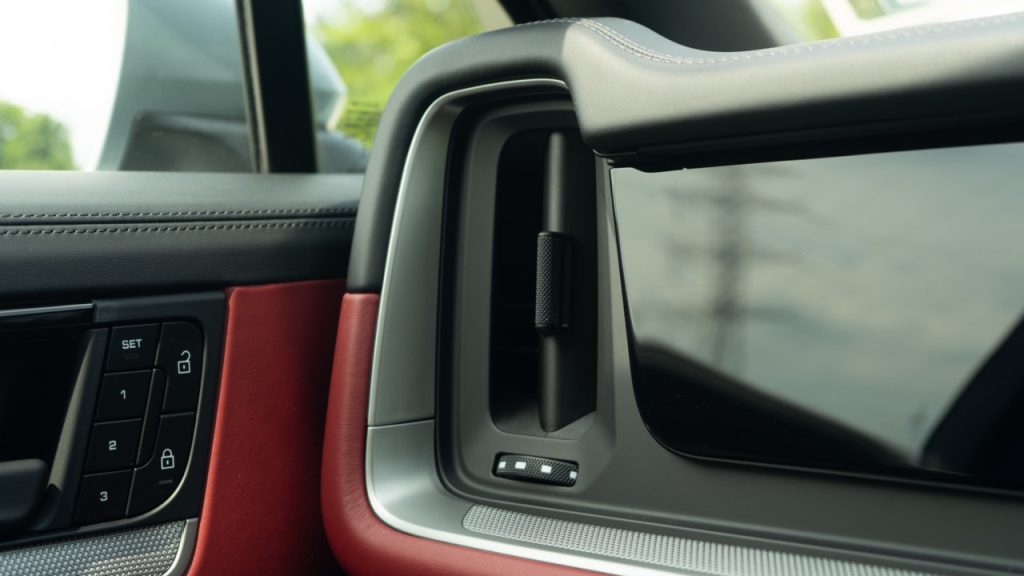
- Delving deeper into the climate menu reveals a choice for strong or soft airflow on either side for the front occupants.
- Rear passengers enjoy vents both on the B-pillars and behind the centre console, making this Cayenne a rather easy cabin to keep cool in, regardless of where one sits.
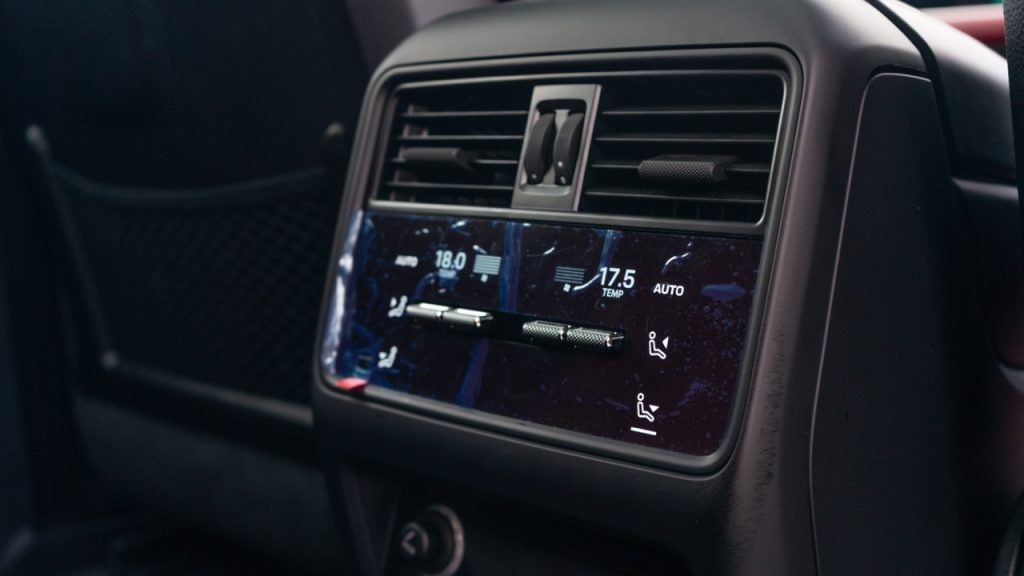
- An electrically adjustable steering column adds to the sense of luxury within the Cayenne, as do the leather-lined door pockets.
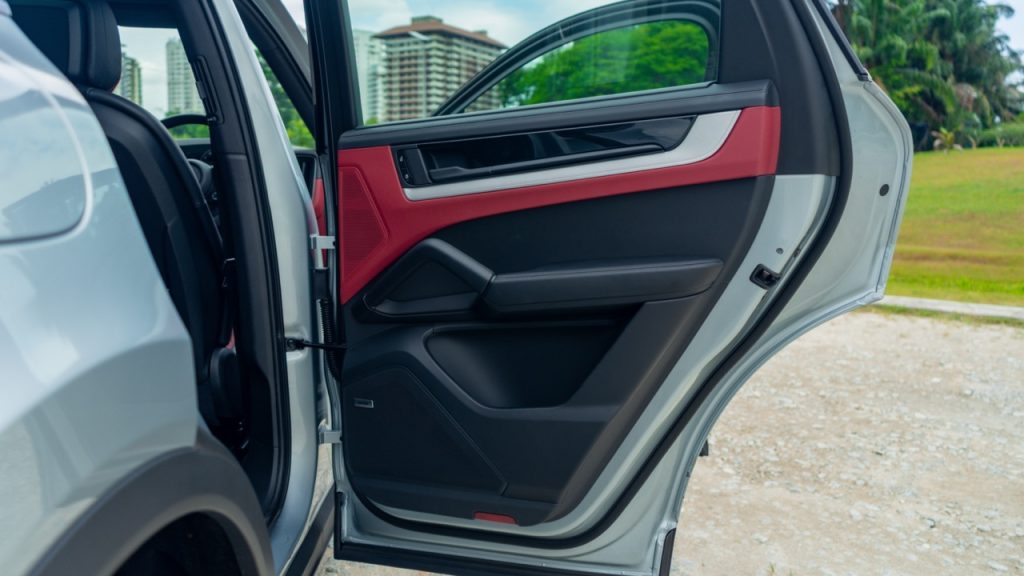
- The Cayenne’s steering wheel features only a “next track” button, with no dedicated “back track.” The quick-access key can be configured for that function, but still, it is an odd omission.
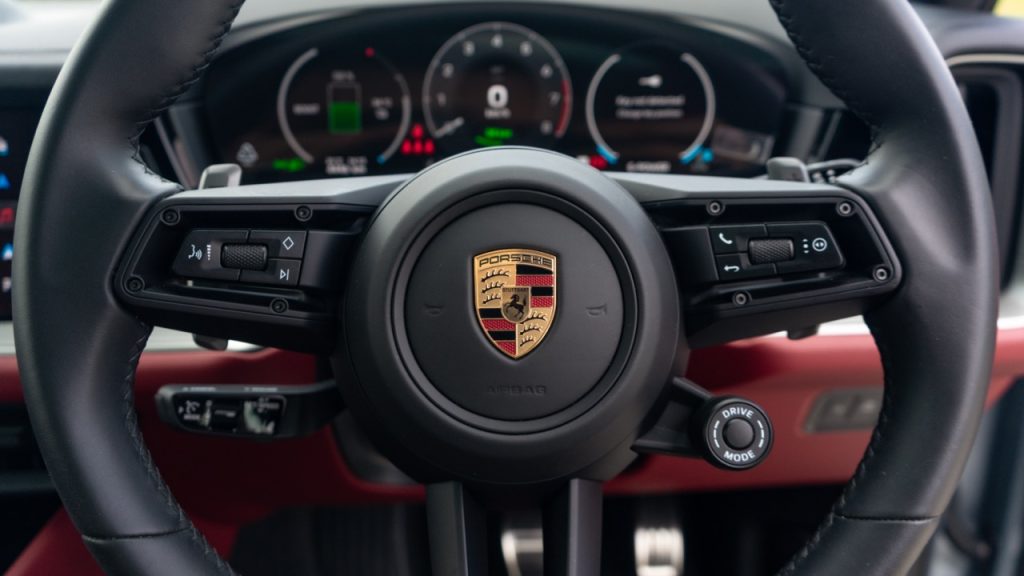
- Despite being locally assembled in Malaysia, the Cayenne still comes with the (somewhat redundant) heated seat option, and it has no ventilated seat option.
- The centre console wireless charging pad supports fast wireless charging.
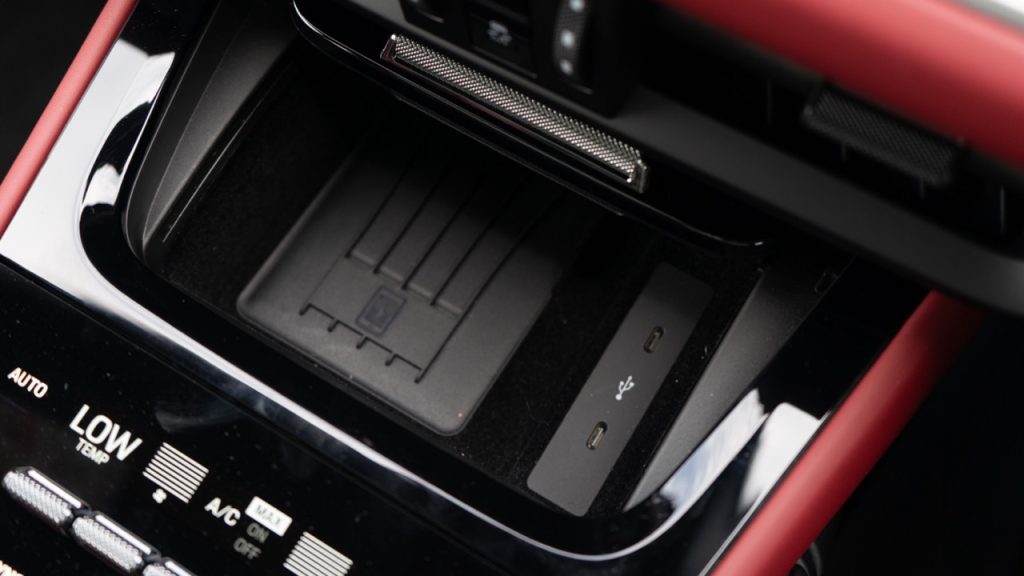
- The sloping coupé roofline slightly compromises rear headroom in the Cayenne, but the scalloped headliner recesses mean a six-footer can still just about sit upright in the back.
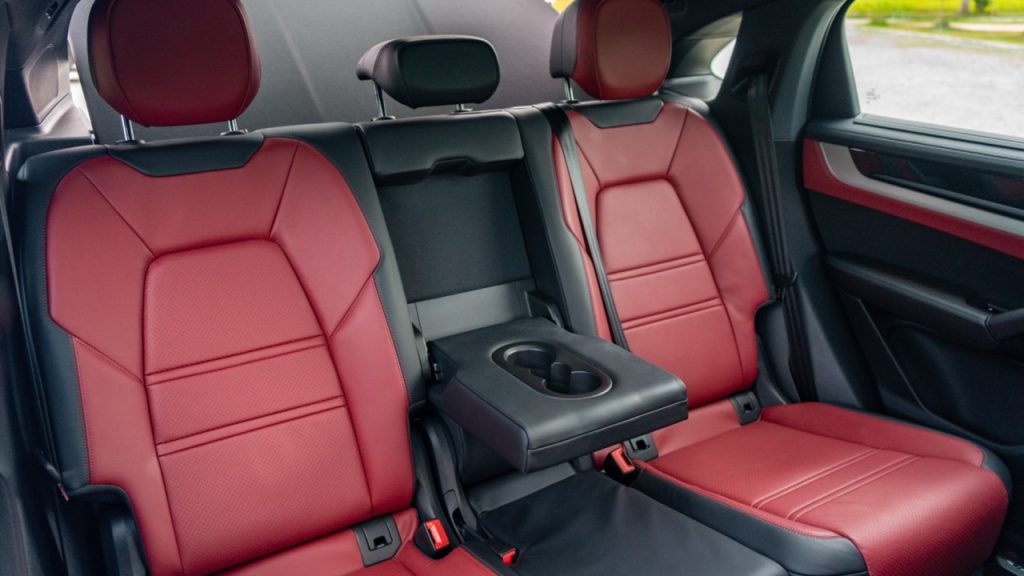
- Storage solutions in the Cayenne are a somewhat mixed bag: the trapezoidal centre console bin can’t really hold much, the shallow drawer beneath the rear air vents isn’t very useful, and the nets on the front seatbacks feel too shallow.
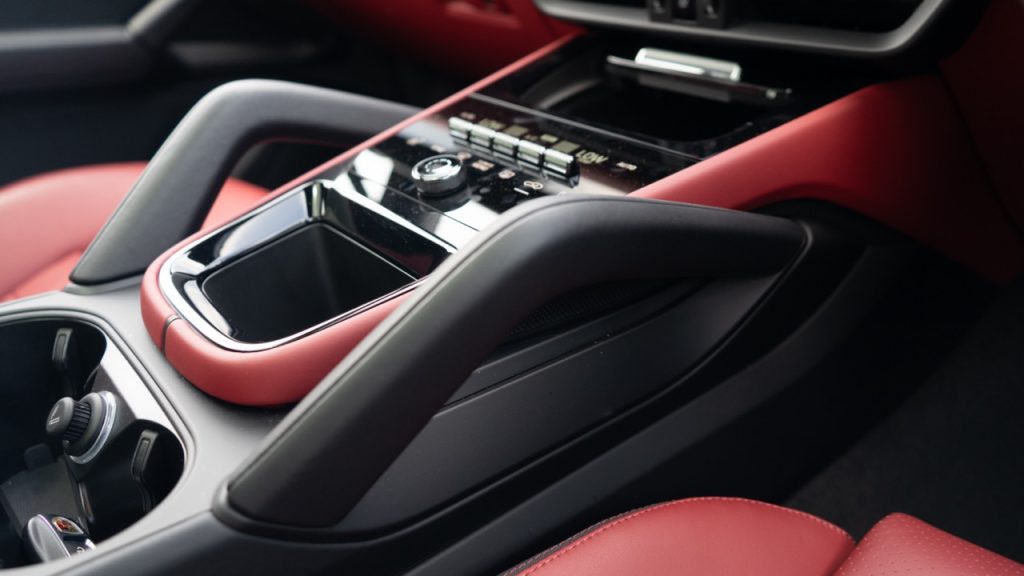
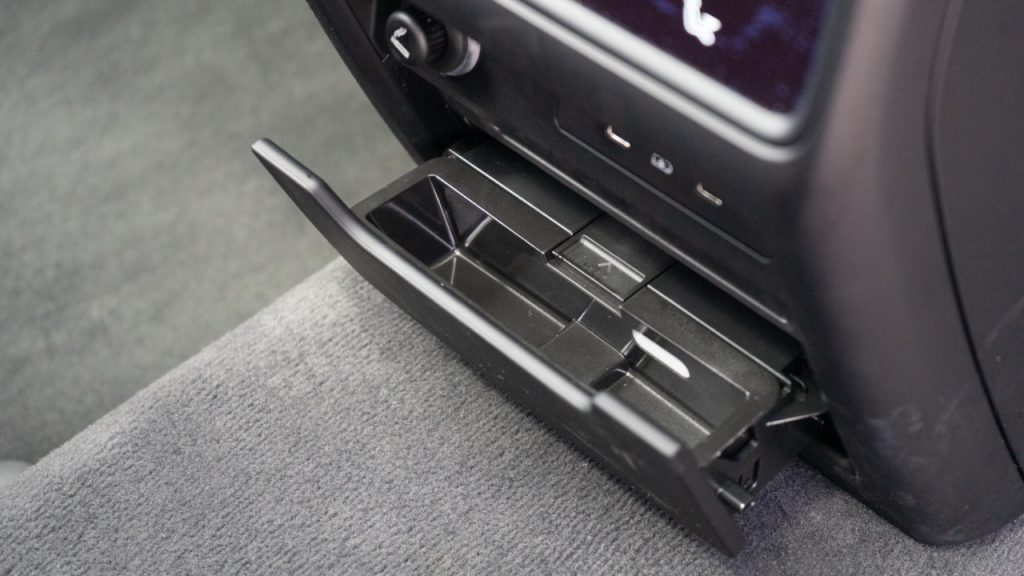
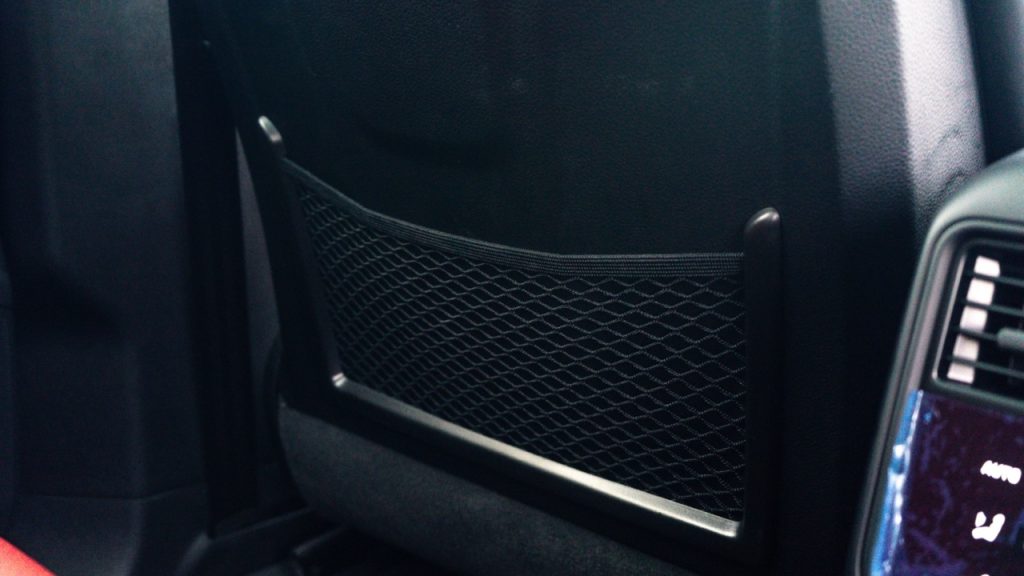
- The sunroof and front interior light buttons are haptic units, but the rear overhead lights — mounted beneath the grab handles — still use proper physical switches.
- The Cayenne’s boot is deep but shallow, with a slight hump in the floor likely to accommodate the battery pack underneath.
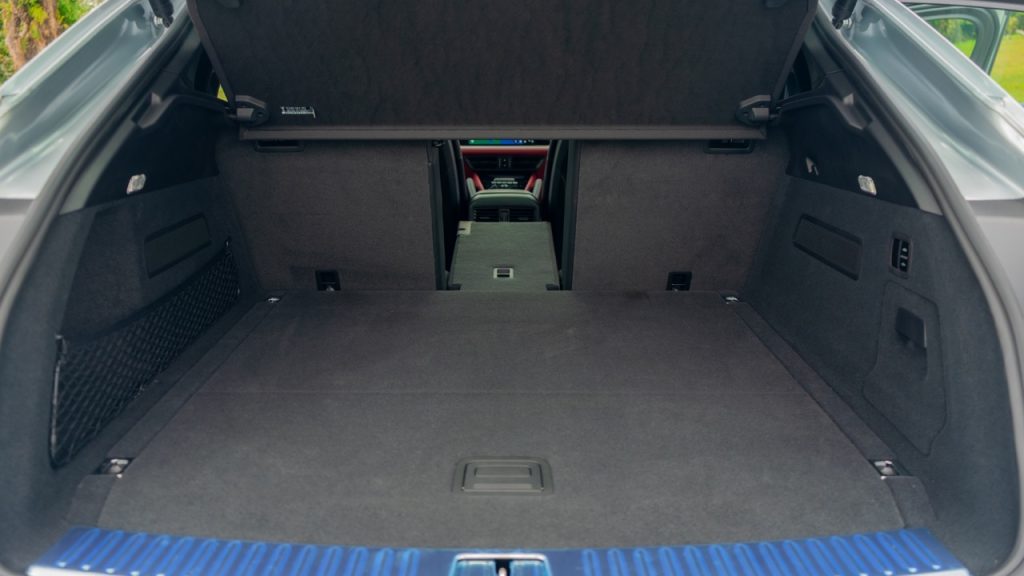
The Actual Driving
Confession time: this writer didn’t actually have all that long with this Cayenne. He therefore didn’t take it particularly far or drive it like a proper Porsche, so these impressions are unfortunately not from the ragged edge.
Then again, most owners will probably use this Cayenne as a family car that just happens to be a Porsche. And really, a Porsche by definition should make even the most mundane drives feel like an occasion, right?

- Unlike other sporty German marques, the standard-fit GT Sports steering wheel is a relatively thin-rimmed unit. This small touch makes a big difference, giving the SUV a daintier, more agile feel than its size and heft suggest.

- The Cayenne’s seats are, unsurprisingly, sports-car firm, but the front pair at least feature electronic thigh support adjustment.
- The Cayenne isn’t actually significantly taller than most SUVs, but somehow when within it, it feels as though you sit higher than most cars, granting that “lord over traffic” view of the road.
- In Auto Hybrid mode, the Cayenne’s V6 stays asleep most of the time. Though thanks to its powerful electric motor, this Porsche can nevertheless surge up to speed quickly and silently, emitting zero CO₂. With its 21.8 kWh battery pack (and a claimed WLTP EV range of 90 km) too, most owners could realistically drive this SUV almost exclusively as an EV for their daily commutes.
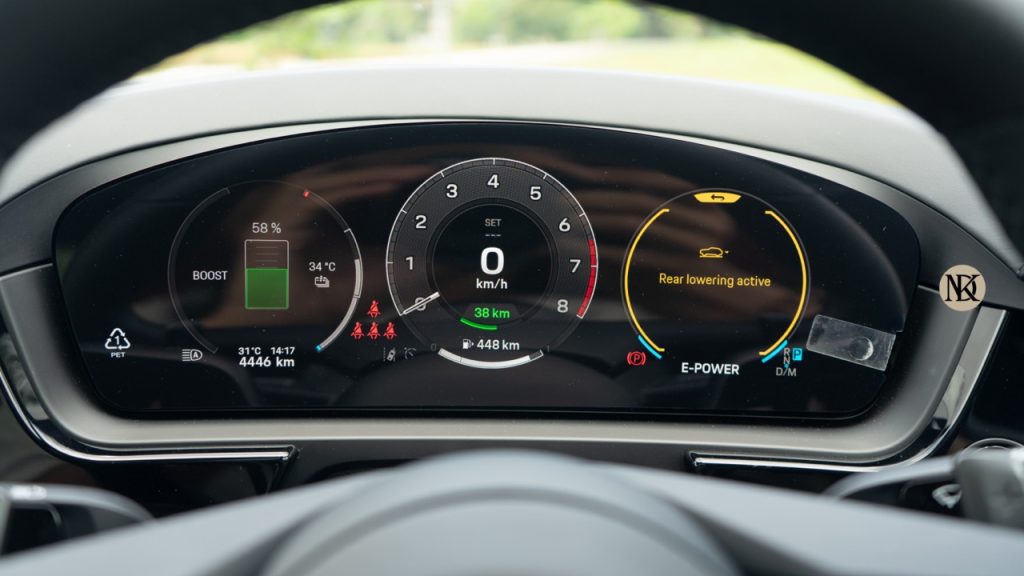
- Pressing down on the steering wheel drive mode knob activates a 20-second “Sport Response” overboost, which while may be more theatre than actual substance, still manages to scratch that inner Fast & Furious itch.

- While it may prefer to be an EV most of the time, the V6 nevertheless stays on in Sport and Sport Plus modes, adding a muffled but present growl to the proceedings.
- The Cayenne is packed with driver-assistance tech, including something called Porsche2X Hazard Warning that “informs about local hazards.” Curiously though, this nearly three-quarter-million-ringgit SUV doesn’t come with blind spot monitoring.
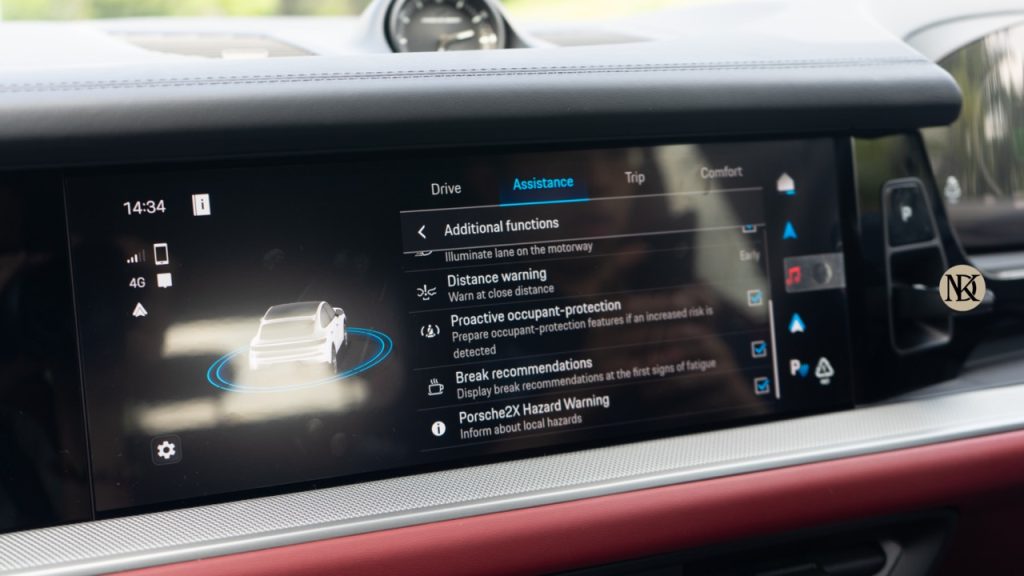
The Really Anal Bits
Finally, a look at the blink-and-you’ll-miss-it details only true anoraks might notice:
- The Cayenne’s rear bench features practical 40:20:20 split, with the centre section dropping down via a simple button press at the top of the seat back.
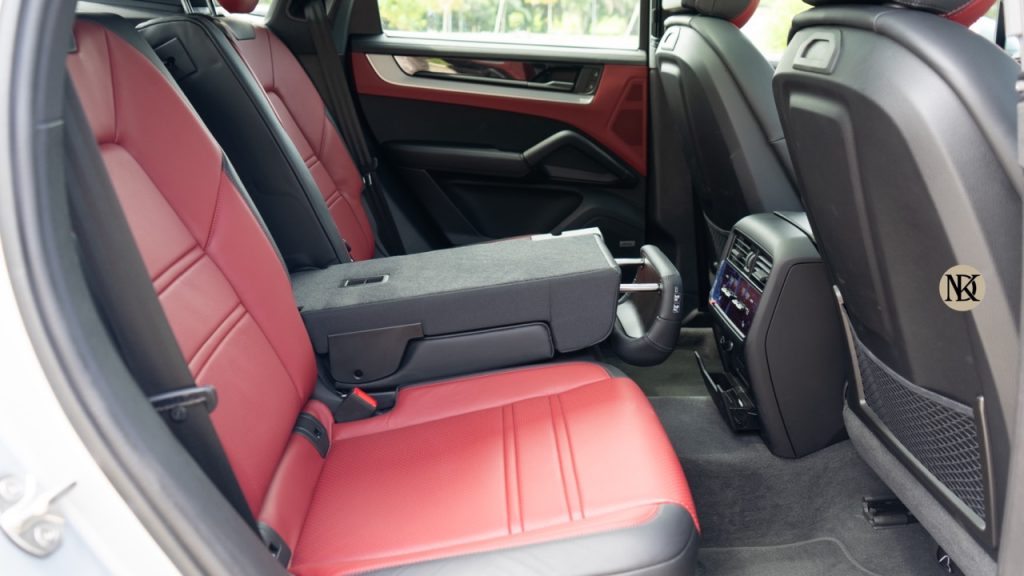
- The (AC-only) EV charge port on the left pops open with a press, while the fuel filler door on the right requires a press on the release switch on the driver’s side window panel.
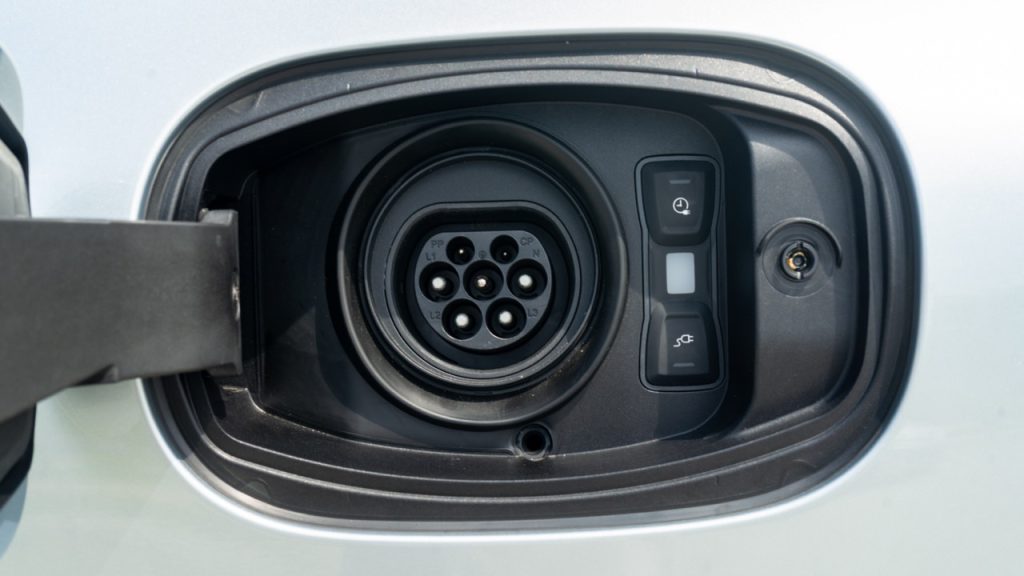
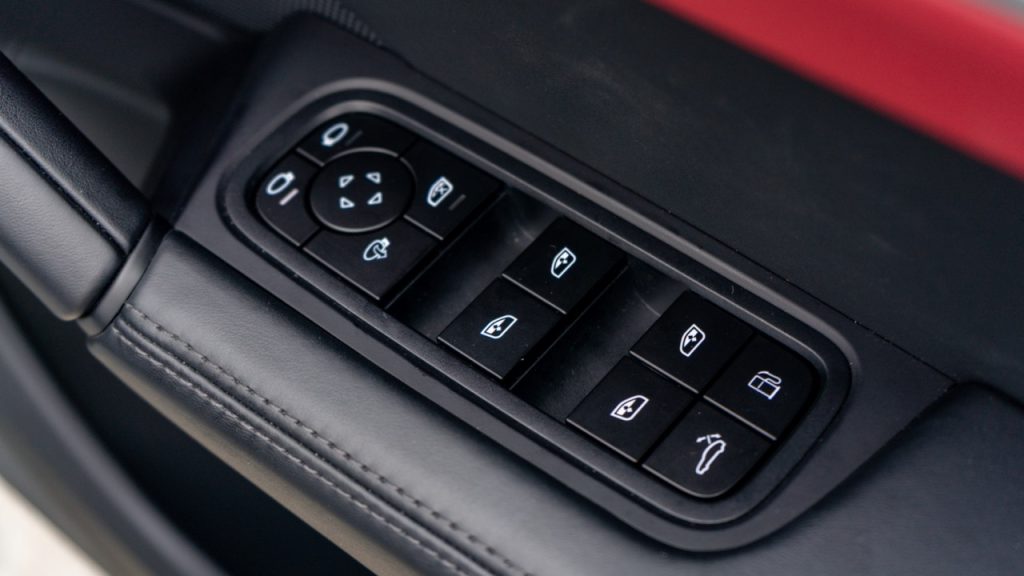
- The gaping front grilles aren’t just for show, they feed the many radiators behind them. The central grille features electronic shutters to eke out some aerodynamic efficiency.
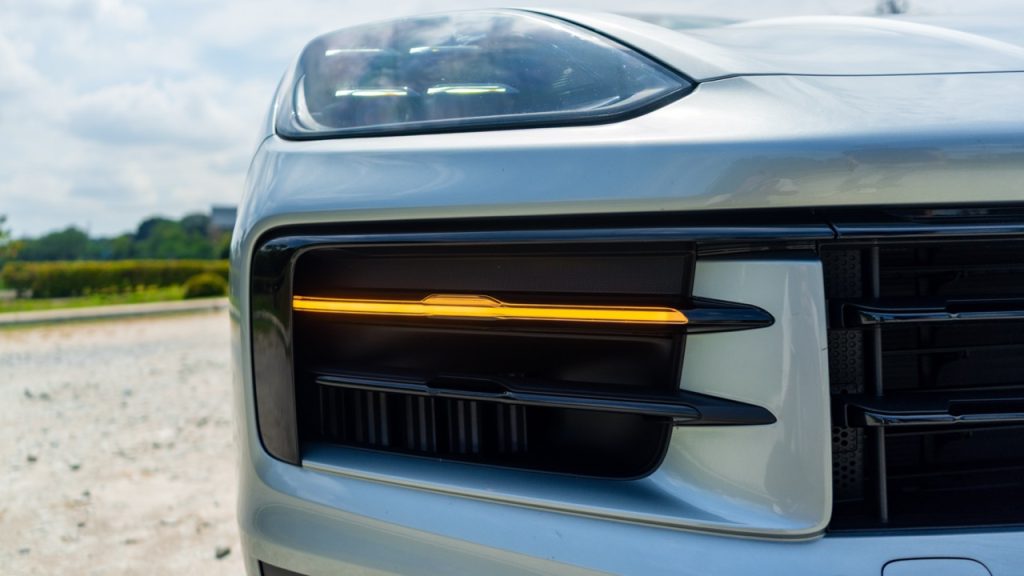
- The fuel filler cap is engraved with “Porsche,” because of course it has.

- Each door on the Cayenne has dedicated lock/unlock buttons that operate all doors, not just the one you’re touching.
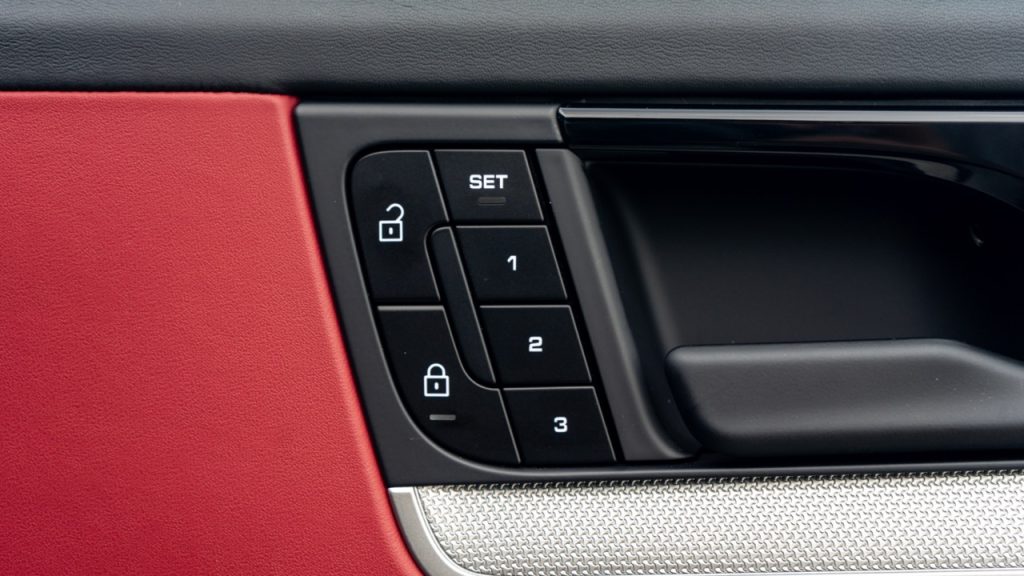
- The heated seat menu includes a “Heating Balance” function, allowing the warmth to be split between seat cushion and backrest.

- The reverse camera has its own dedicated washer nozzle, always ensures a clean view out the rear regardless of how much mud-plugging one has previously performed in their Cayenne.
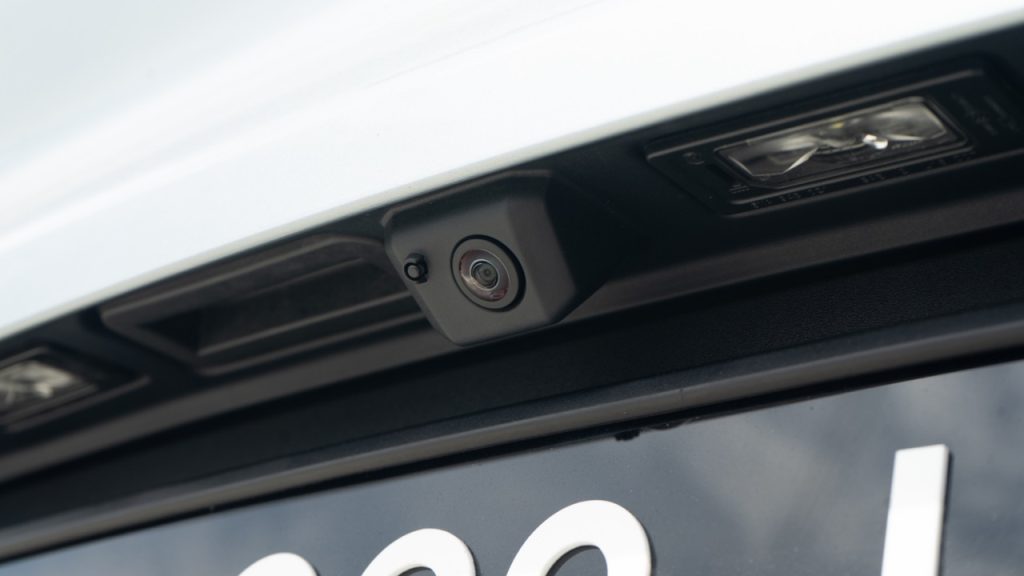
Porsche Cayenne S E Hybrid Coupe Technical Specifications
Engine: V6, Turbocharged, Direct Injection
Capacity : 2,995 cc
Transmission: 8-speed automatic
Max Engine Power: 353 PS
Max Engine Torque: 500 Nm
Max Electric Power: 130 kW
Max Electric Torque: 460 Nm
Max Combined Power: 519 PS
Max Combined Torque: 750 Nm
0 – 100 km/h: 4.7 seconds
Top Speed: 263 km/h
Electric Range: 88 km
Price: RM 728,888

